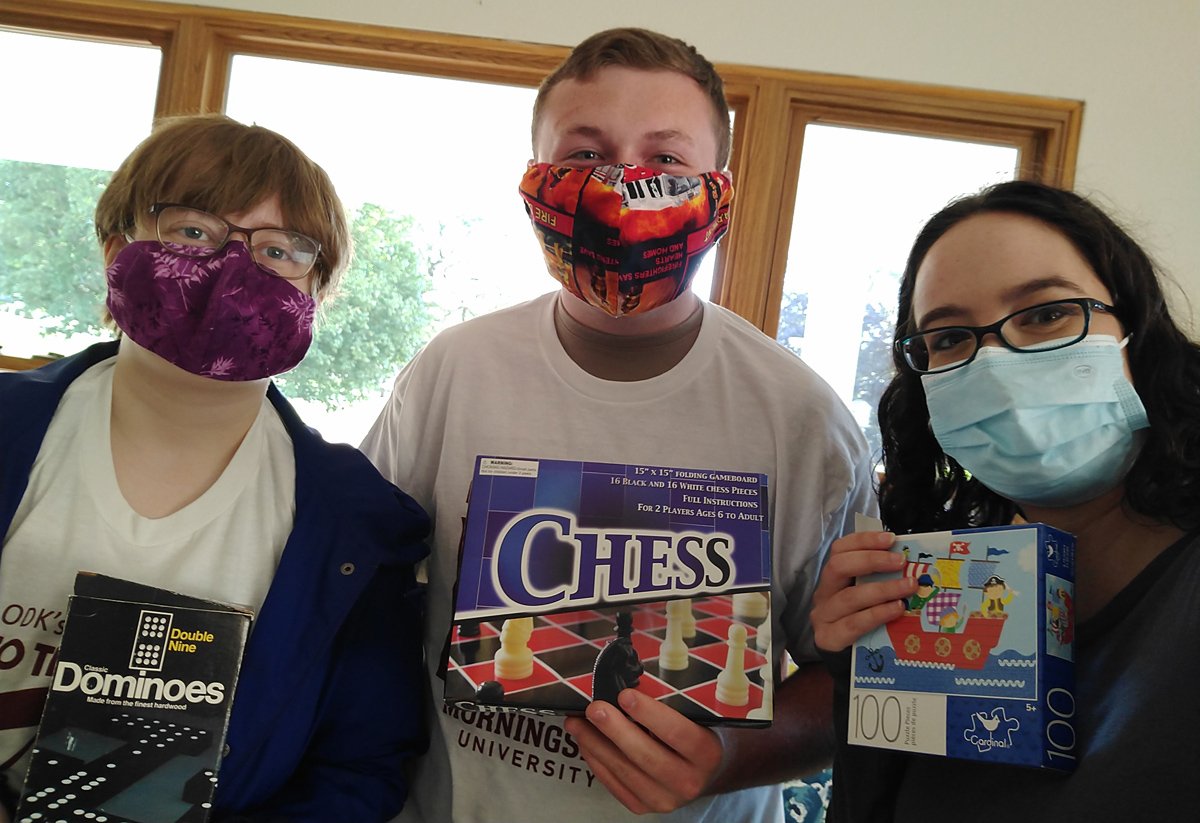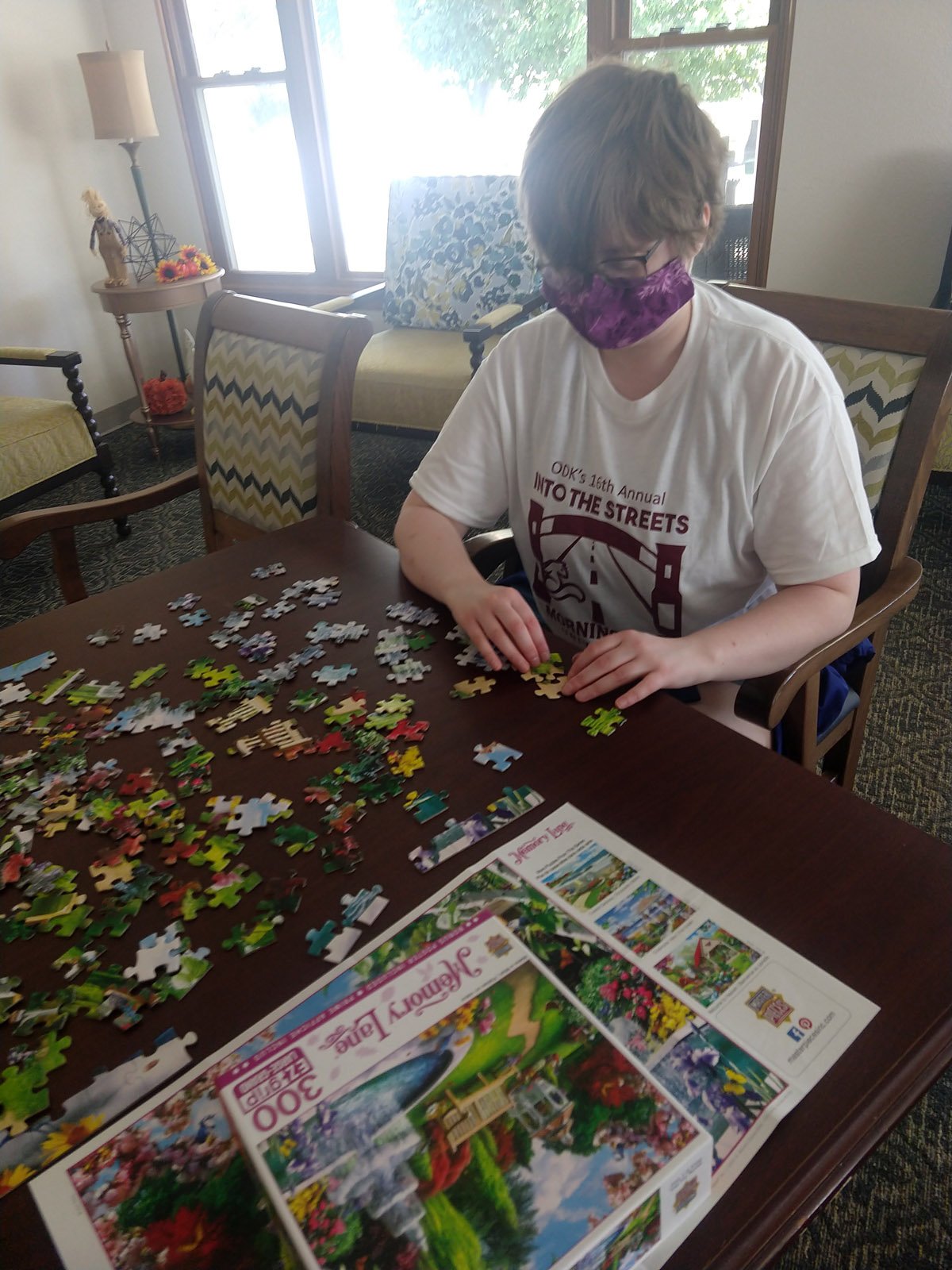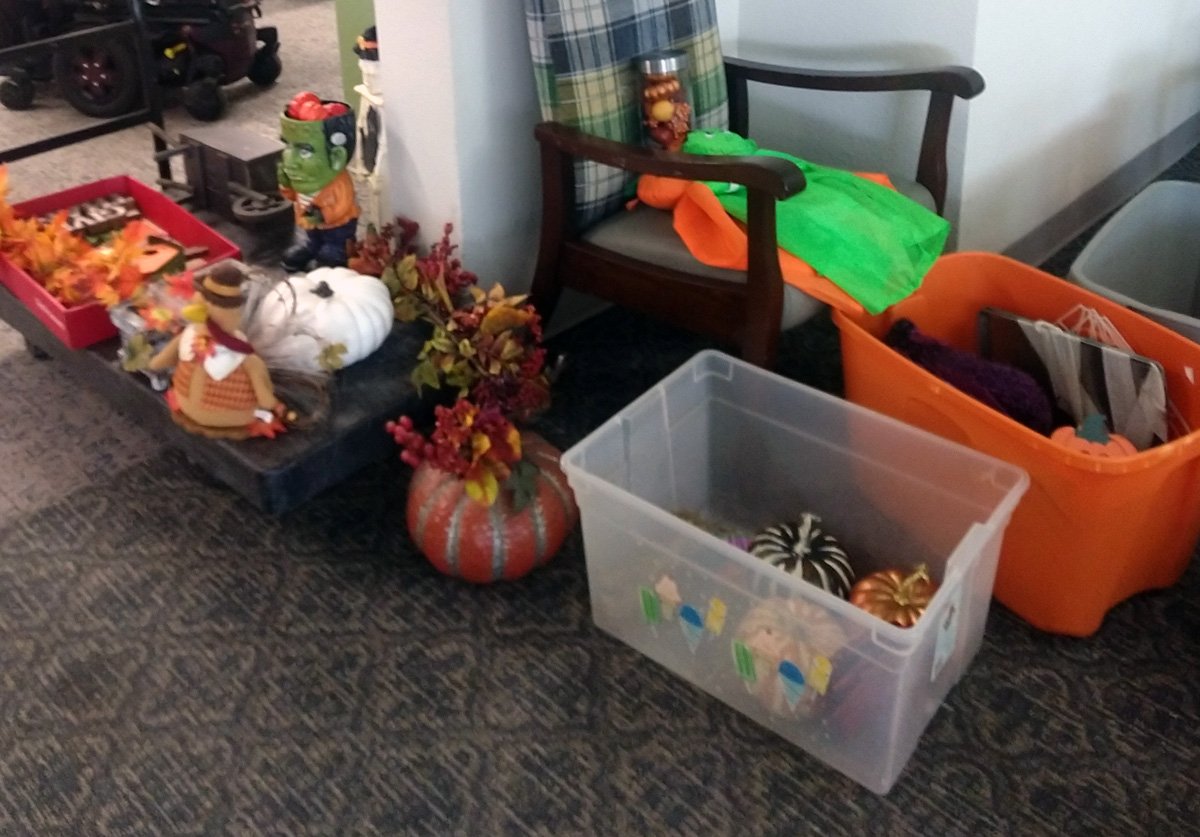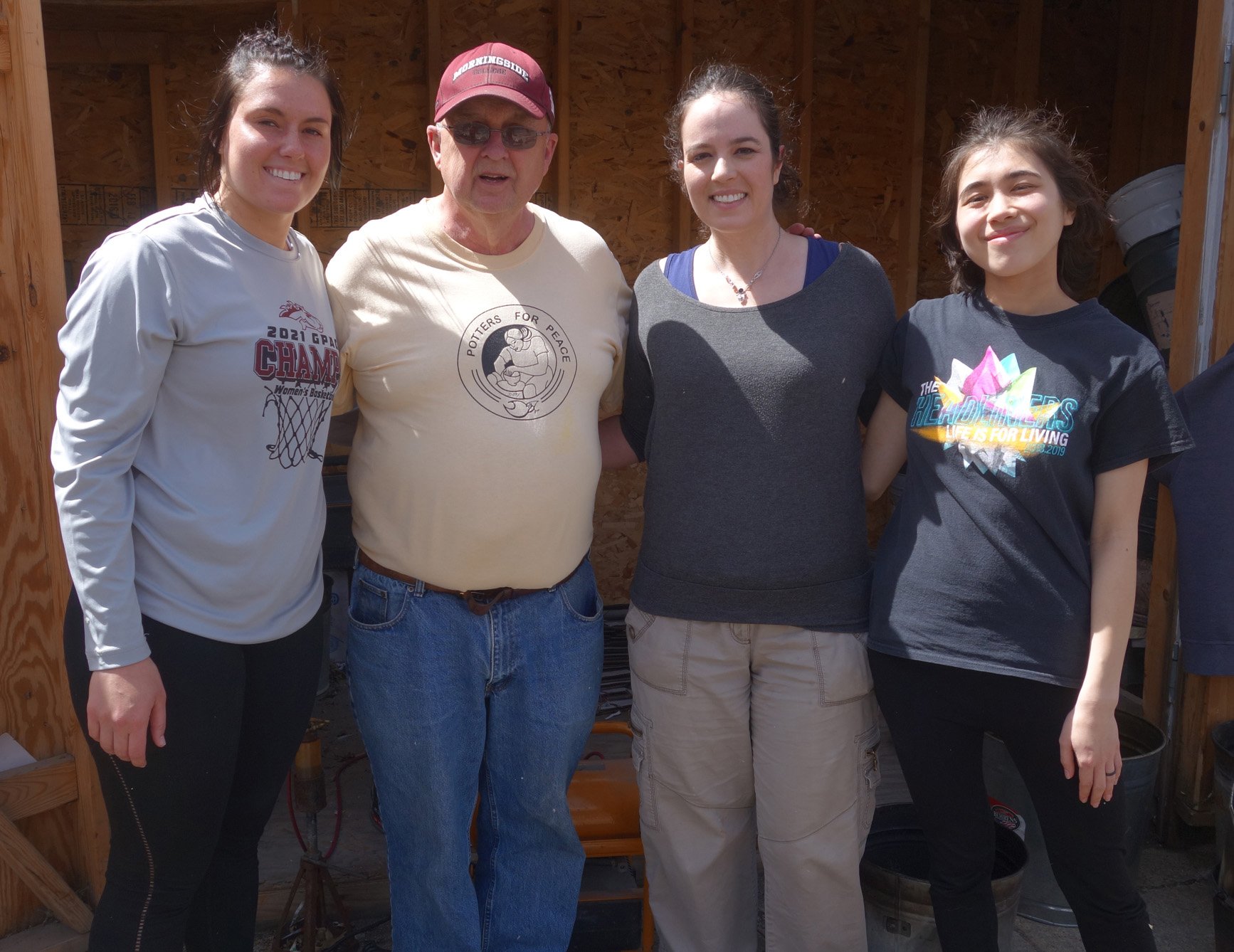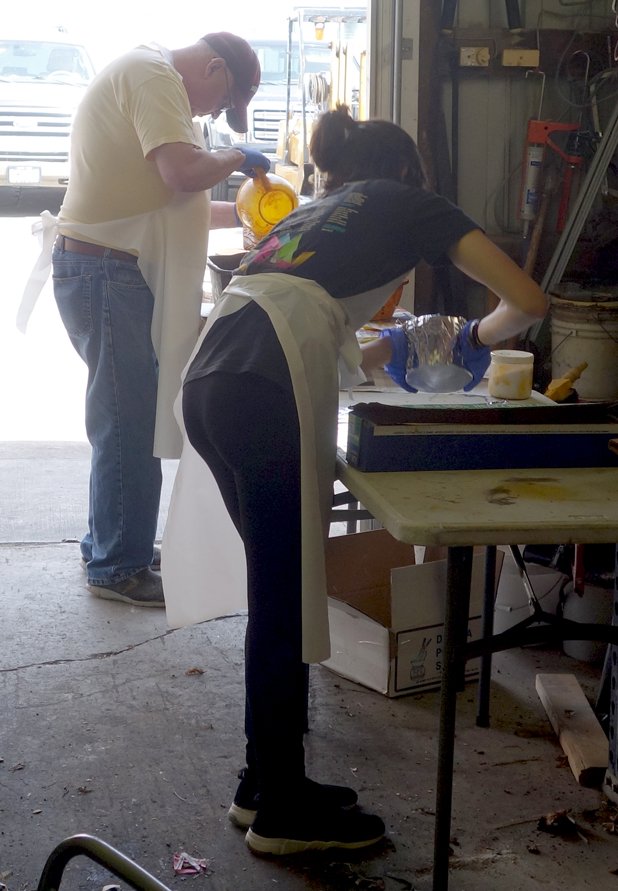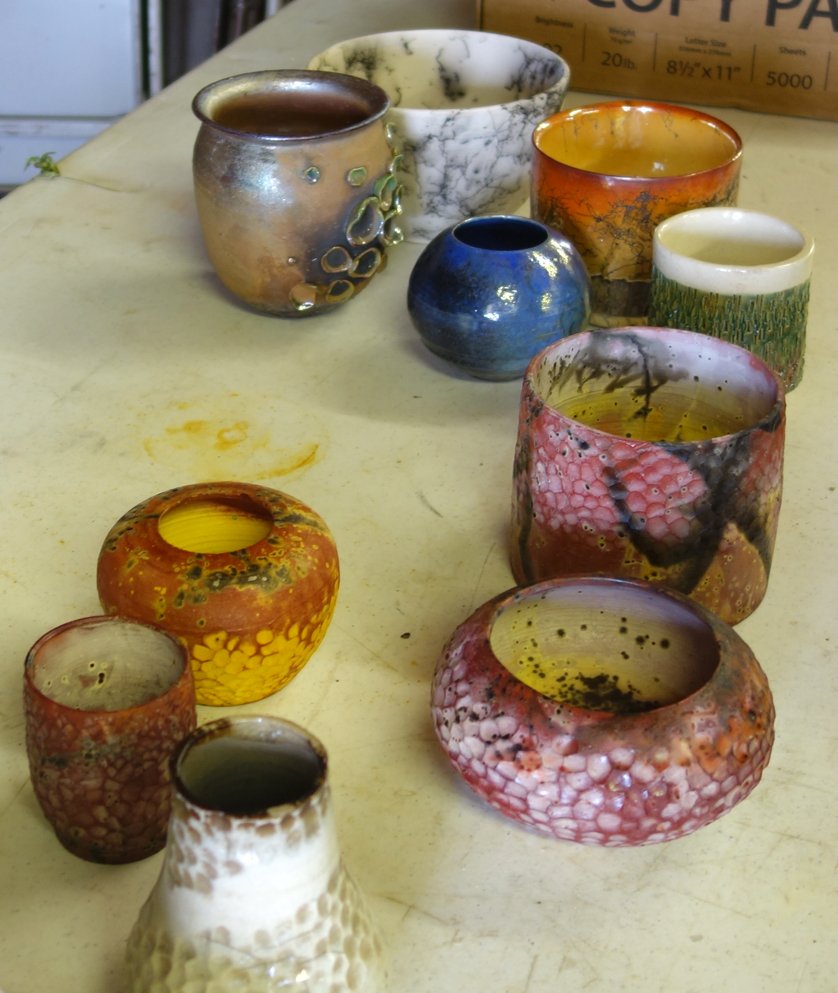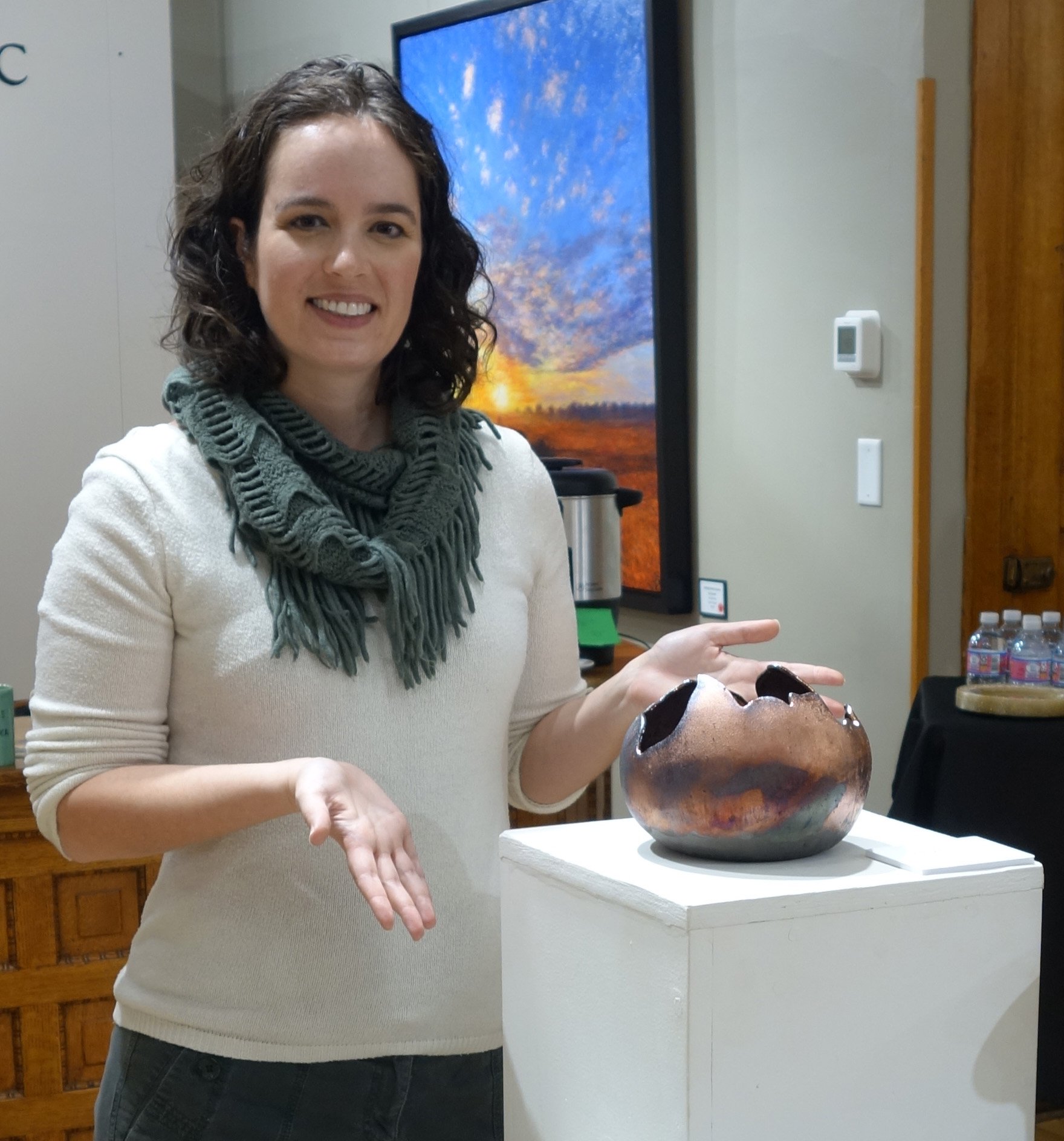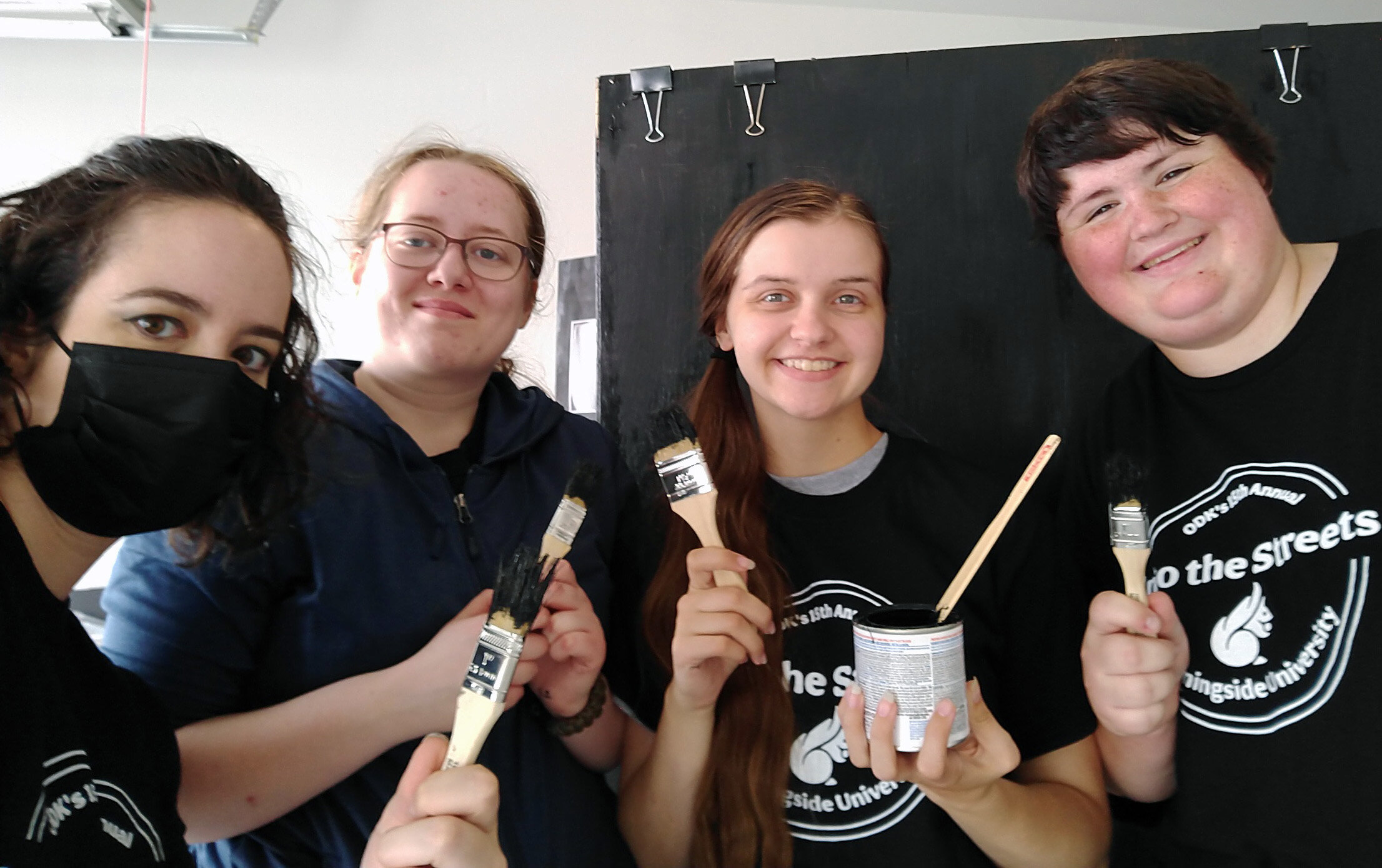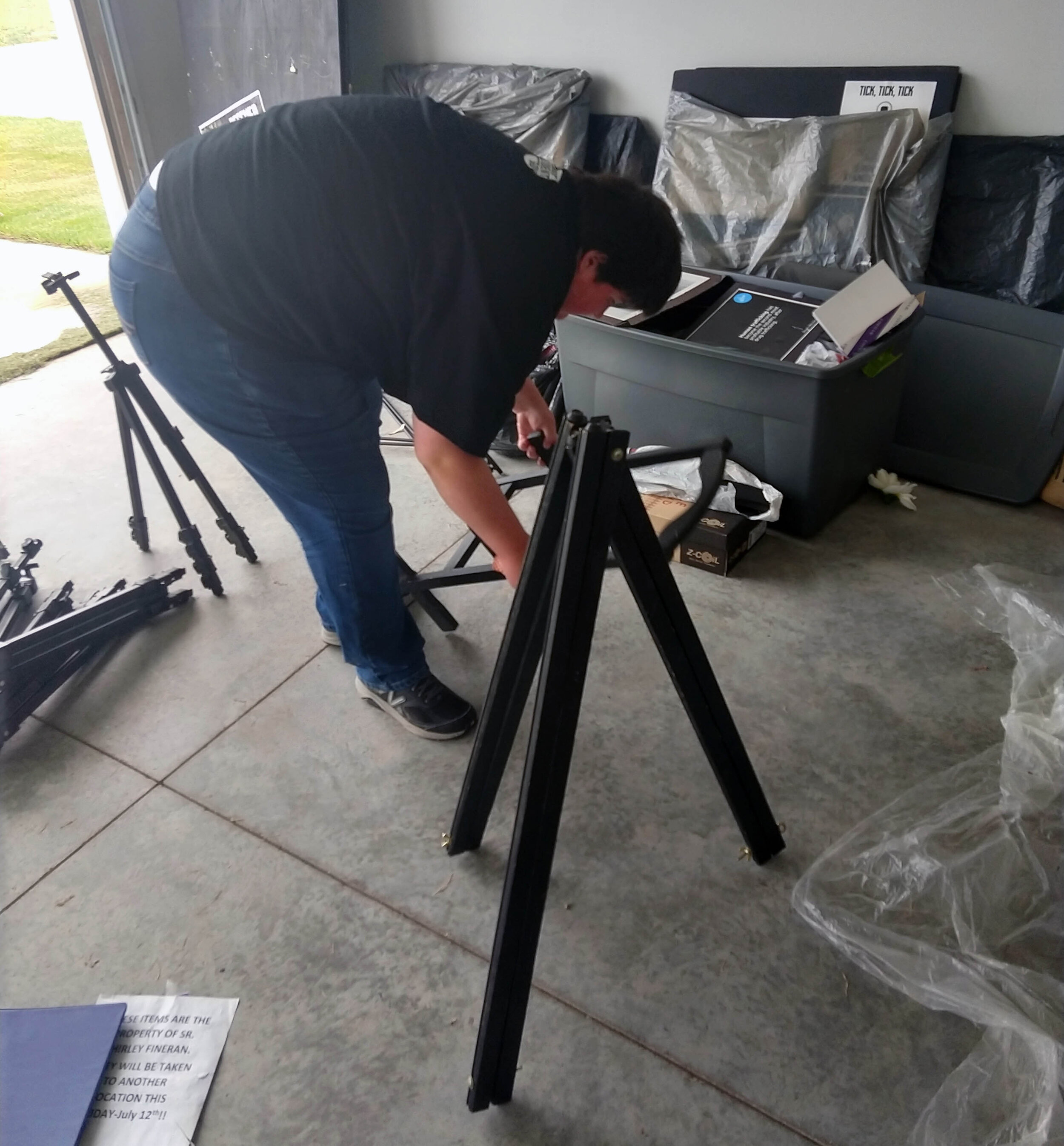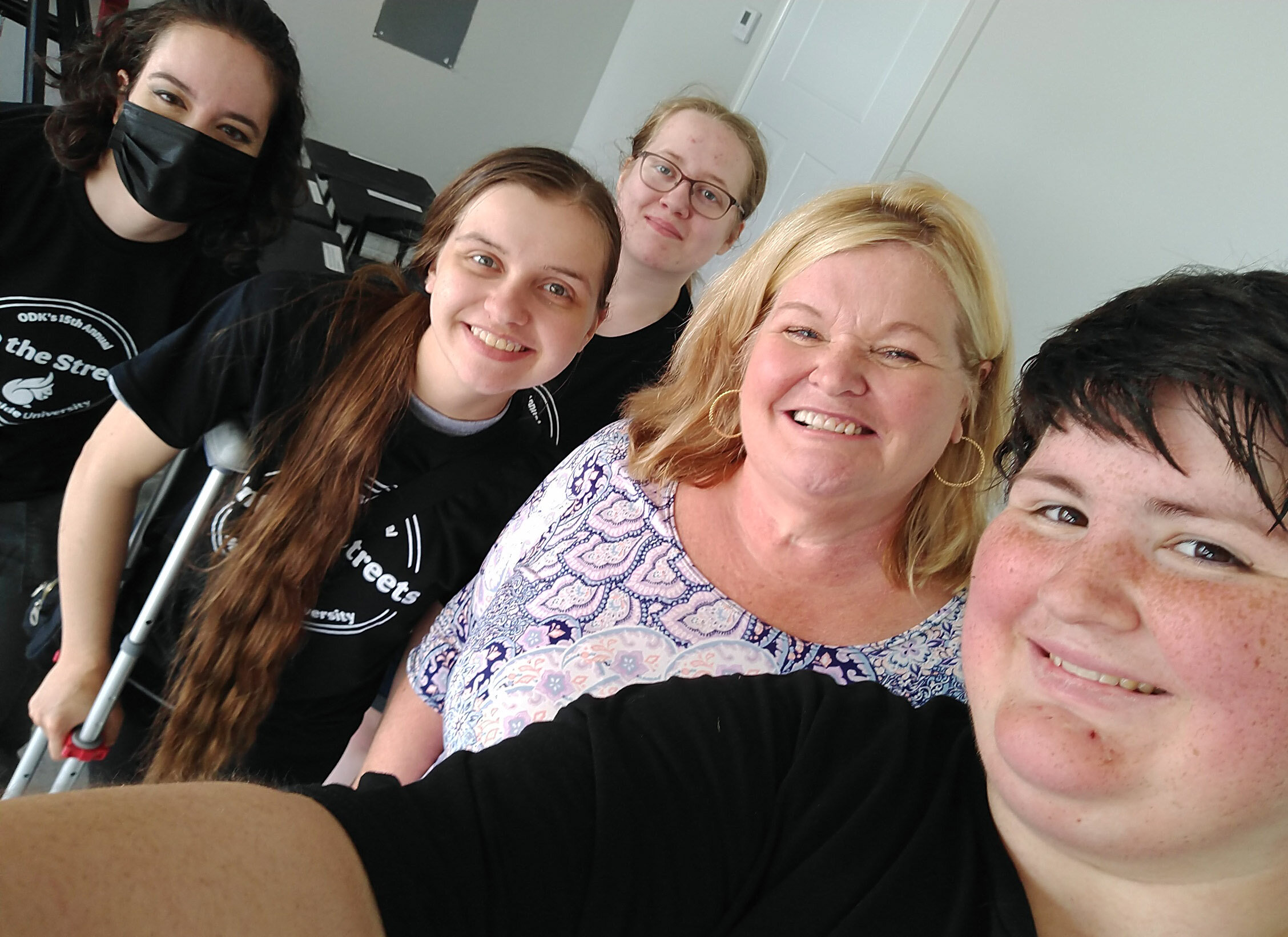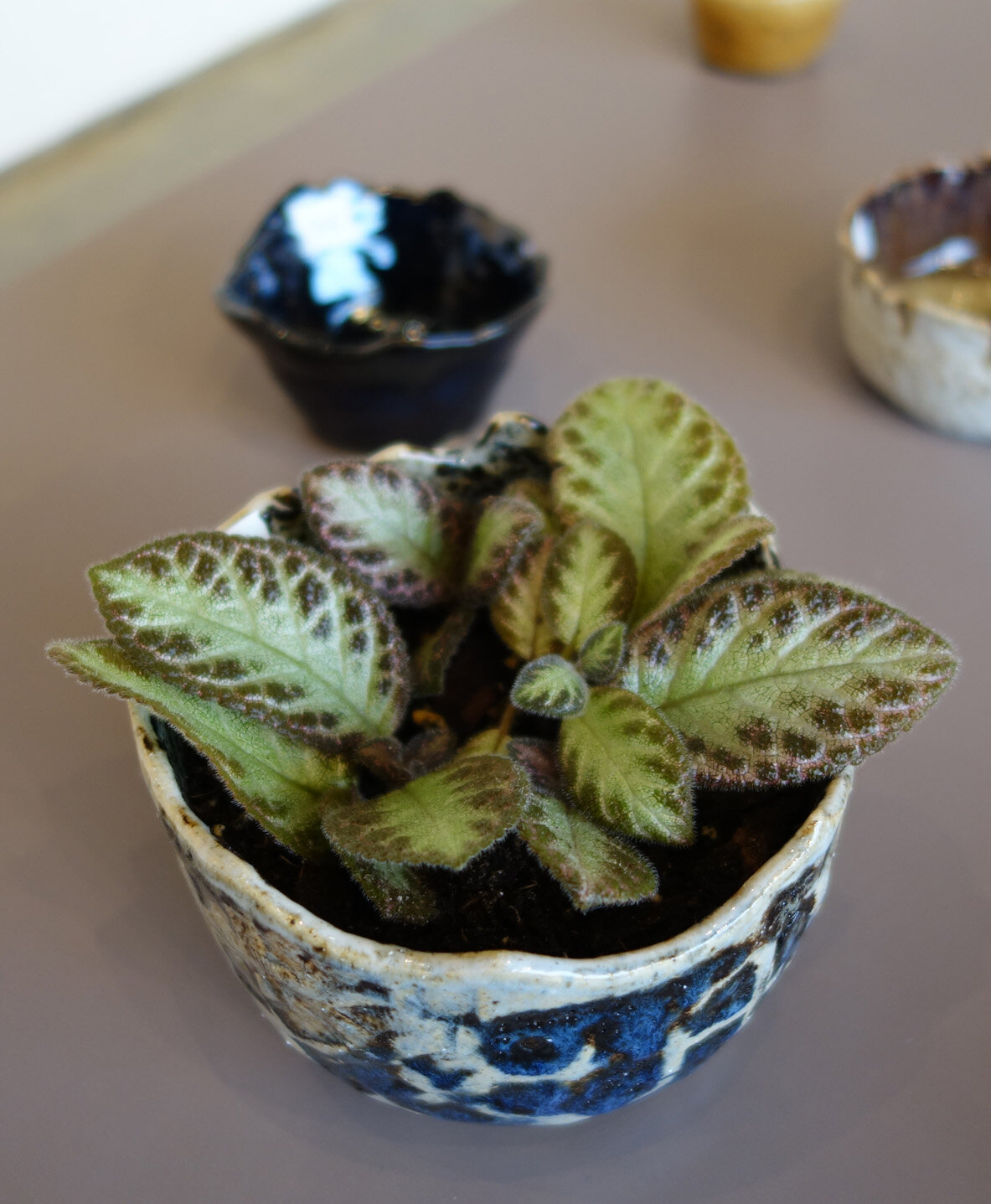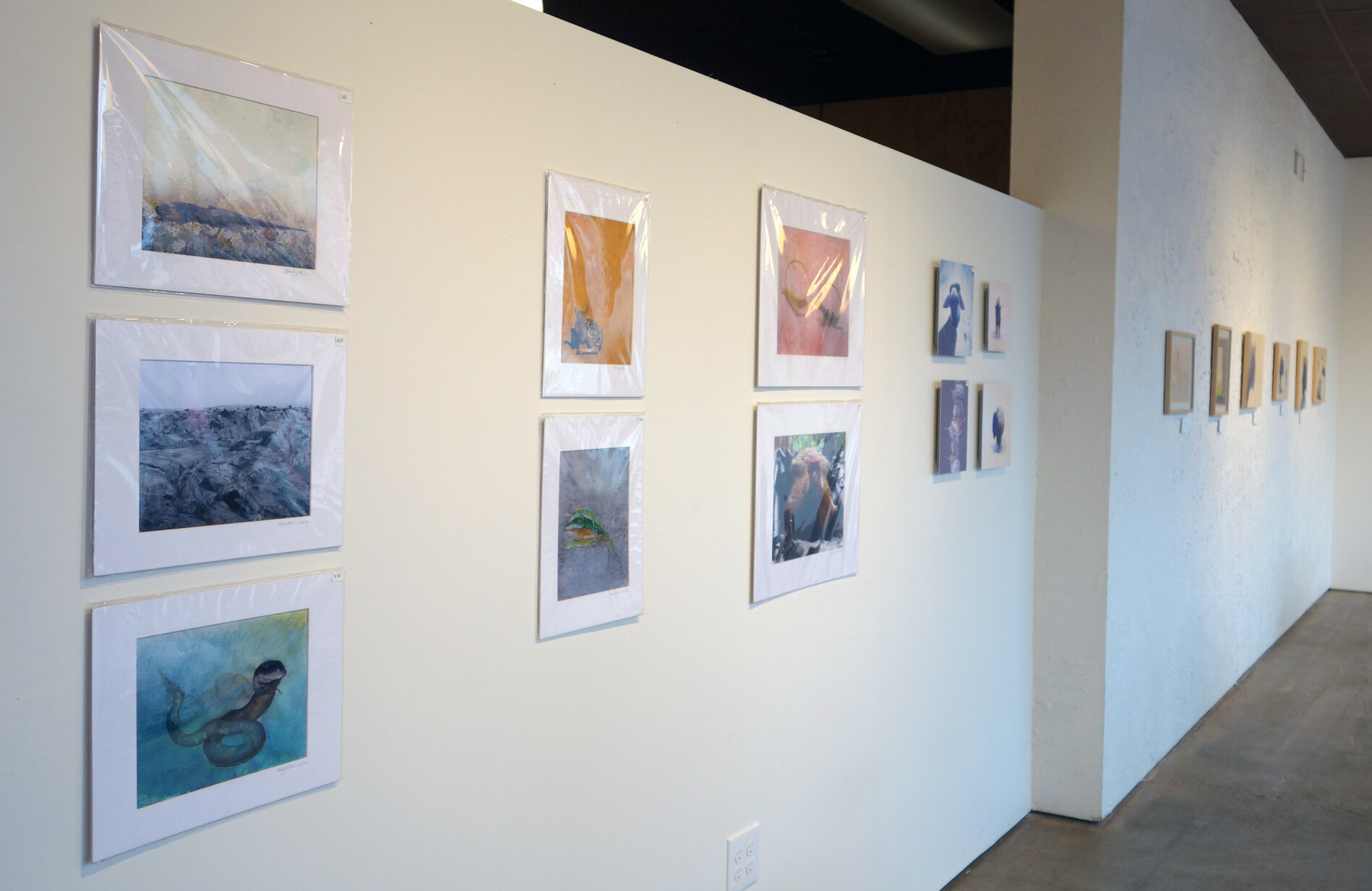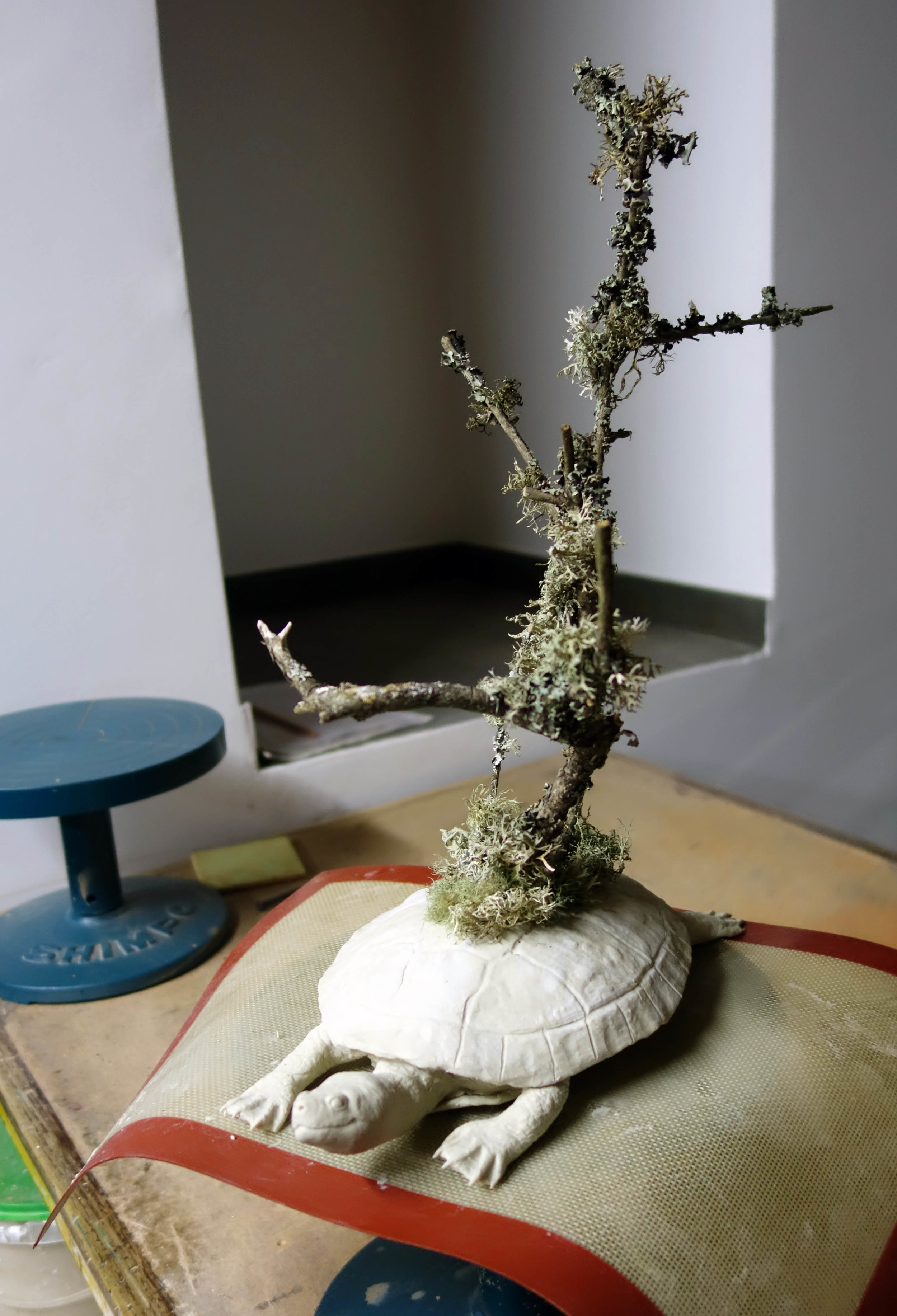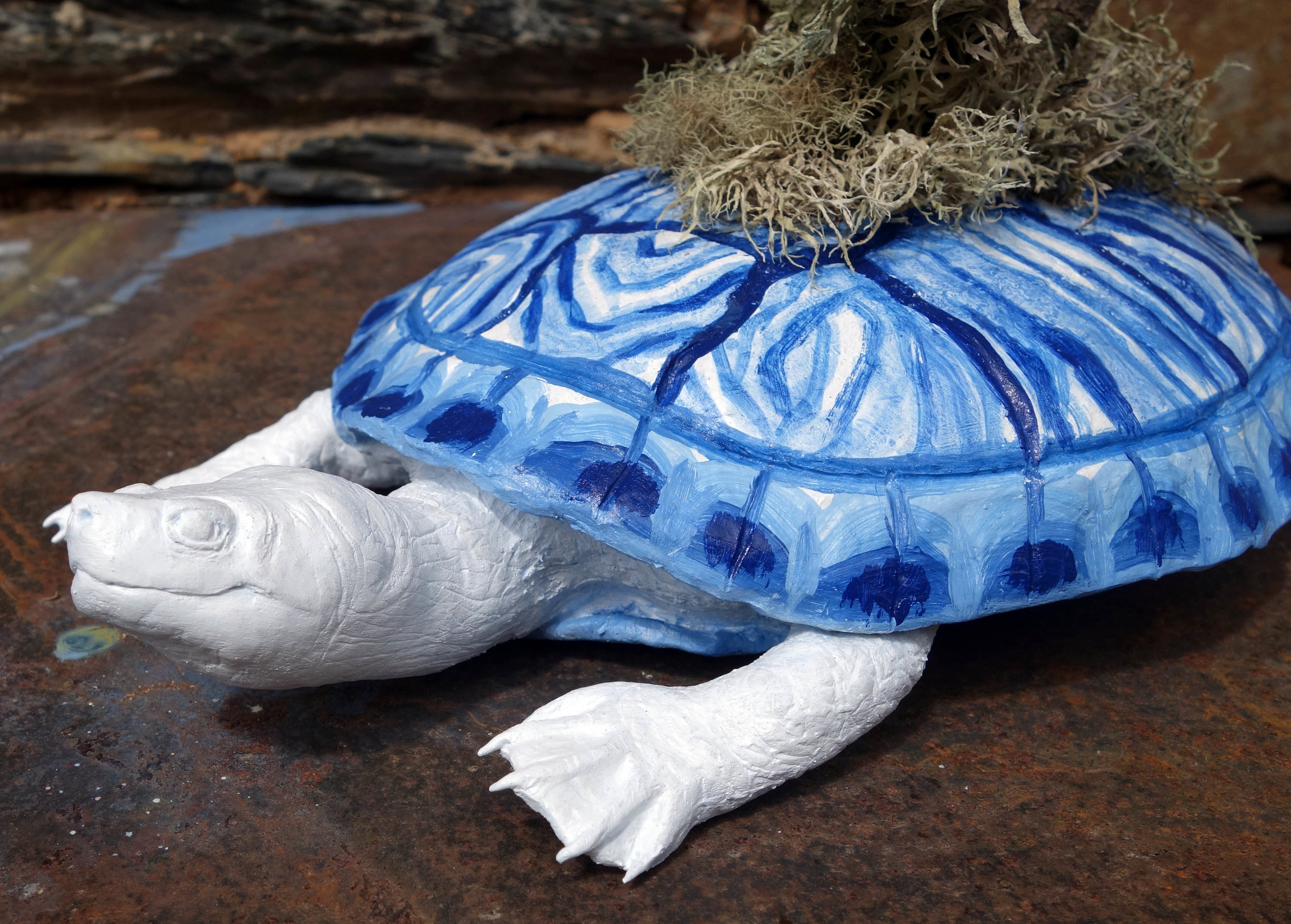I once again volunteered with Morningside students at our annual Into the Streets event yesterday! This year, my group went to the retirement home Countryside Health Care Center where we chatted with residents, assembled puzzles, painted nails, and put up autumn decorations.
Events
My Upcoming LSU Vet Med Artist in Residence Exhibition Details!
The show poster and details have been released for my LSU School of Veterinary Medicine Artist in Residence exhibition, co-sponsored by the LSU School of Art! Here’s the LSU College of Art & Design’s event page for it, and below is a copy of the image and text.
Artist-in-Residence, LSU School of Veterinary Medicine
July 25, 2022 5:30-7:30 p.m.
LSU Vet Med Library
LSU School of Veterinary Medicine presents the art of Shelby Prindaville, and invites you to a lecture and reception featuring our inaugural Artist-in Residence. The lecture, exhibition opening, and artist’s reception will be at LSU Vet Med Library and is co-sponsored by LSU School of Art.
April 2022 Raku Workshop at Dakota Potters Supply
Here are some day-of photos from the April 2022 raku workshop I attended at Dakota Potters Supply in Sioux Falls along with Morningside ceramics instructor Paul Adamson and students Lauren Hedlund and Debora Allard. The photo of finished works are some of the student pieces - I’ll post separately about my own!
Just Returned from the April 2022 CIC Workshop for Department and Division Chairs
It’s a busy spring - I just returned from the April 2022 Council of Independent Colleges (CIC) Workshop for Department and Division Chairs in Greenville, SC. I attended with two of my Morningside colleagues from the music and business departments.
You might be surprised to find out this was my first full academic conference. I have attended the annual College Art Association’s (CAA) conference twice, but the first time was as a graduate student job seeker, so I worked as a room monitor/projectionist in order to afford the registration cost and went to the job fair and the exhibitor and trade fair. This meant I didn’t really engage with the main conference all that much, as my availability was heavily focused on those three aspects. The second time I attended the CAA, my role was exclusively being a vendor in the exhibitor and trade fair alongside Dr. John Pojman representing QuickCure Clay. I have also attended several raku ceramic workshops at Dakota Potters, but those are geared towards production rather than discourse.
At this April 2022 CIC conference, it was rewarding to get to know my own two colleagues better as well as to get to meet peers from institutions across the United States and work with them on our various session topics. One of the presenters was Morningside’s own Bill Deeds, our retired provost who hired me onboard in his last semester!
After the conference was over, I stopped by the Greenville County Museum of Art and had a great time viewing their four exhibits, which had a heavy concentration of work by Andrew Wyeth, Jasper Johns, Thomas Sills, and David Drake. I really enjoyed Wyeth’s and Johns’ work in particular.
"Functional Aesthetic" Reception Photos
The reception for my Functional Aesthetic juried group show at the Le Mars Arts Center was really nice! I met some of the other exhibiting artists, and a group of my friends attended as well - then afterwards, we went out to dinner!
Here is an exhibition advertisement and a few photos of my five pieces in the show. In both the ad and the show design, my ceramics earned center stage! I was pretty pleased about that, since this is my first professional juried exhibition of ceramics; I only began working in the discipline in 2020 so it’s fulfilling to have my work in this field be received well so quickly. I haven’t even finished editing my portfolio images of all of my newest raku ceramics, so these pictures give you a sneak peek at some of my most recent ones.
Functional Aesthetic is still up for another couple of weeks, so please check it out if you’re in the area!
Volunteering with Art Club for Morningside's Into the Streets 2021!
Morningside’s 15th annual Into the Streets event took place today; we had over 800 Morningside students, faculty, and staff volunteer with non-profit organizations across the region! I volunteered with Art Club students, and we brainstormed display changes and restored the Lila Mae's House Break the Silence exhibit, which raises awareness about sex trafficking.
Second Raku Workshop - Copper Glazes Edition
I decided to try copper glazes again, but with some wild cards thrown in - I experimented more with unglazed negative spaces, and tested out some different types of glaze.
This first piece has “Midnight Luster” glaze on the interior and a lithium carbonate glaze on the exterior. It’s quite attractive in photo, but it did suffer from a bit of pitting, meaning the glaze pooled in some spots and it bubbled and hardened in ways that are suboptimal; instead of a smooth surface, there are rougher points within.
This next piece is interesting in that I had intended it to be a more standard bowl, but in the bisque firing process its sidewall accidentally got damaged and it was involuntarily edited into the shape it has now. I sanded it down a bit and decided to move forward with it; I can imagine that the cavity might improve accessibility to whatever is stored within!
I was pretty proud of this platter as a handbuilt piece, but unfortunately though it made it through the bisque firing unscathed it was unable to handle the temperature fluctuations of the raku firing and it sustained a crack across about 2/3 of its base. It is not salable now, but I still wanted to share the piece with you!
Finally, here is the most experimental piece of the metallic batch - I used both “Emerald Copper” glaze and a thinned out crackle glaze to create the exterior dripping decoration, and used “Midnight Luster” on the interior. The bottom of the exterior is just the result of carbon trapping in unglazed raku clay.
Second Raku Workshop - Horsehair Edition!
I attended a second raku workshop at Dakota Potters Supply in July! I brought eight pieces along, but this time unfortunately two of them did crack during the process as the wild temperature swings were too much for them. Thus only six pieces made it through.
At this workshop, I decided to try one of the techniques that I hadn’t yet attempted - horsehair and/or feather application! I had two twists in mind, though.
The first is that I had just had over seven inches of hair cut off in a summer chop, and my hairdresser kindly collected it for me upon my request to use in this raku process! I like the conceptual power of it being my own hair, plus human hair results in a more delicate line (though I do have pretty thick hair).
The second is that I had gathered in my ceramics research that sprinkling sugar is a possibility as well and decided to request giving that a simultaneous try. Dakota Potters had never heard of using sugar in this way, so Wanda was really curious to see the results too! She helped me add my decorations as there’s only a short window of time where the piece is at the right temperature to trap the carbonized additions.
This above bowl turned out really nicely!
This vase was even more of a showstopper, as it is the tallest piece I’ve handbuilt thus far and the height lends drama to the overall impact.
I made three “horsehair” (my hair) pieces, but the third one cracked so these two are the ones that got through without issue!
Cross Off Another Bucket List Item: I've Done Raku!
I’ve always wanted to do raku firing ever since I first saw a piece of raku pottery and learned of the technique as a child - but it’s never been an opportunity I could take advantage of until now! A few months ago I attended a Saturday raku workshop at Dakota Potters Supply in Sioux Falls, SD, joined by my ceramics faculty member Paul Adamson and graduating senior Anna Uehling. Raku, first practiced in Japan, is a low-firing technique that makes use of wide temperature swings, reduction, and carbon trapping to create some really ornate artwork. Due to the low-fire nature of the process, the pieces are mostly decorative; they are neither watertight nor food-safe.
Here is a slideshow of the day’s adventures. This post will be followed by a series of posts exploring each of the three different glazing techniques I tried! There were five different techniques available, and I was most interested this first go-round in three of them.
Crackle glazes (either clear or white), with the goal that carbon gets trapped in the crackles
The “baked potato” technique, wherein you coat the bisqueware in ferric chloride, sprinkle it with sugar, salt, and/or horsehair, and then bundle it up in aluminum foil like a baked potato before firing it
Copper glazes
Ferric chloride spray
Horsehair and/or feather application
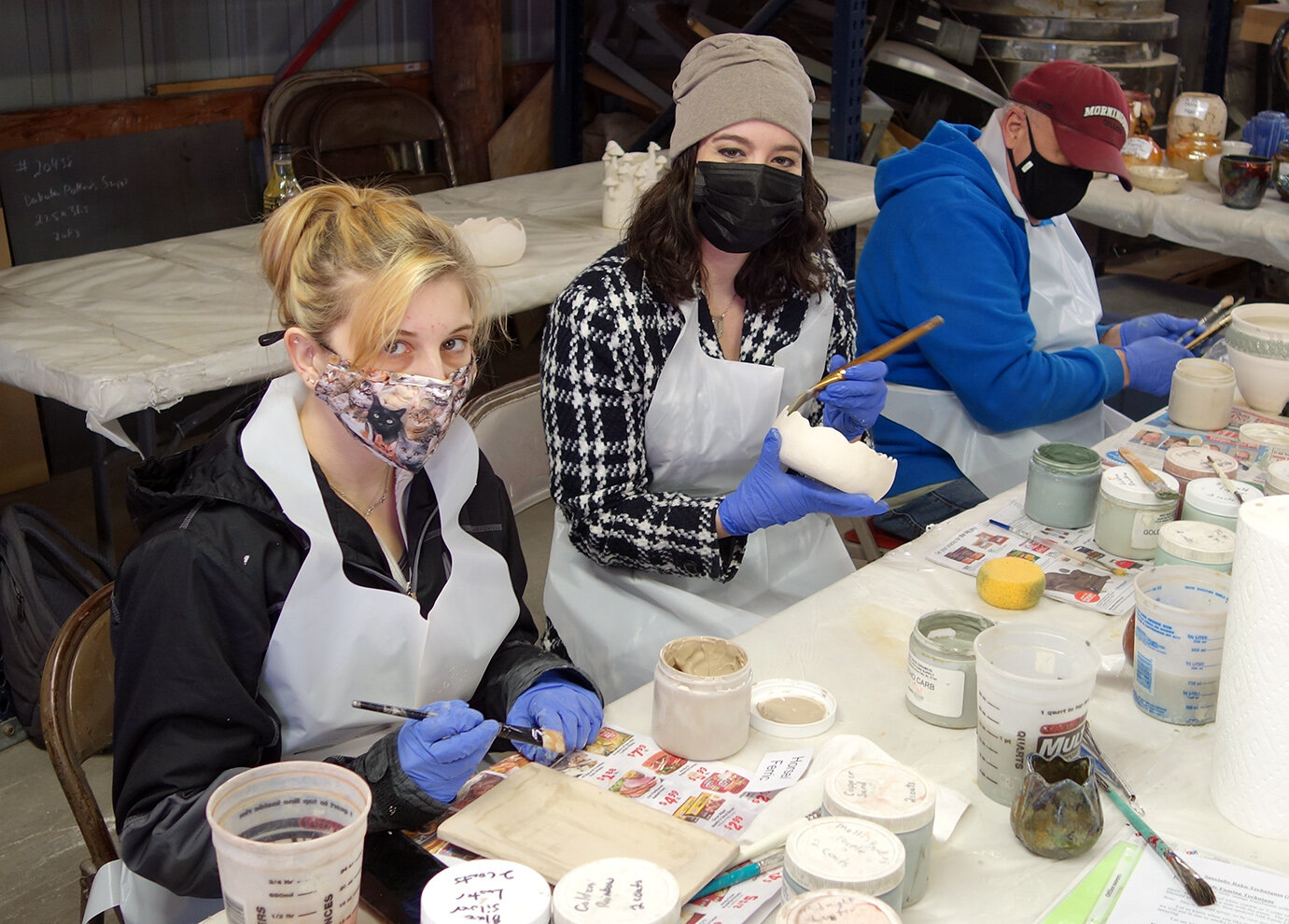
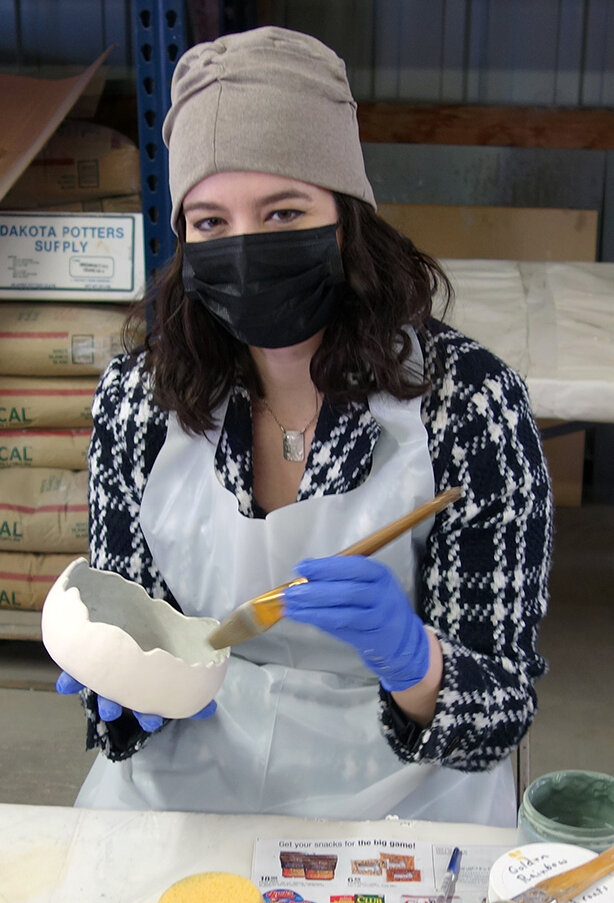
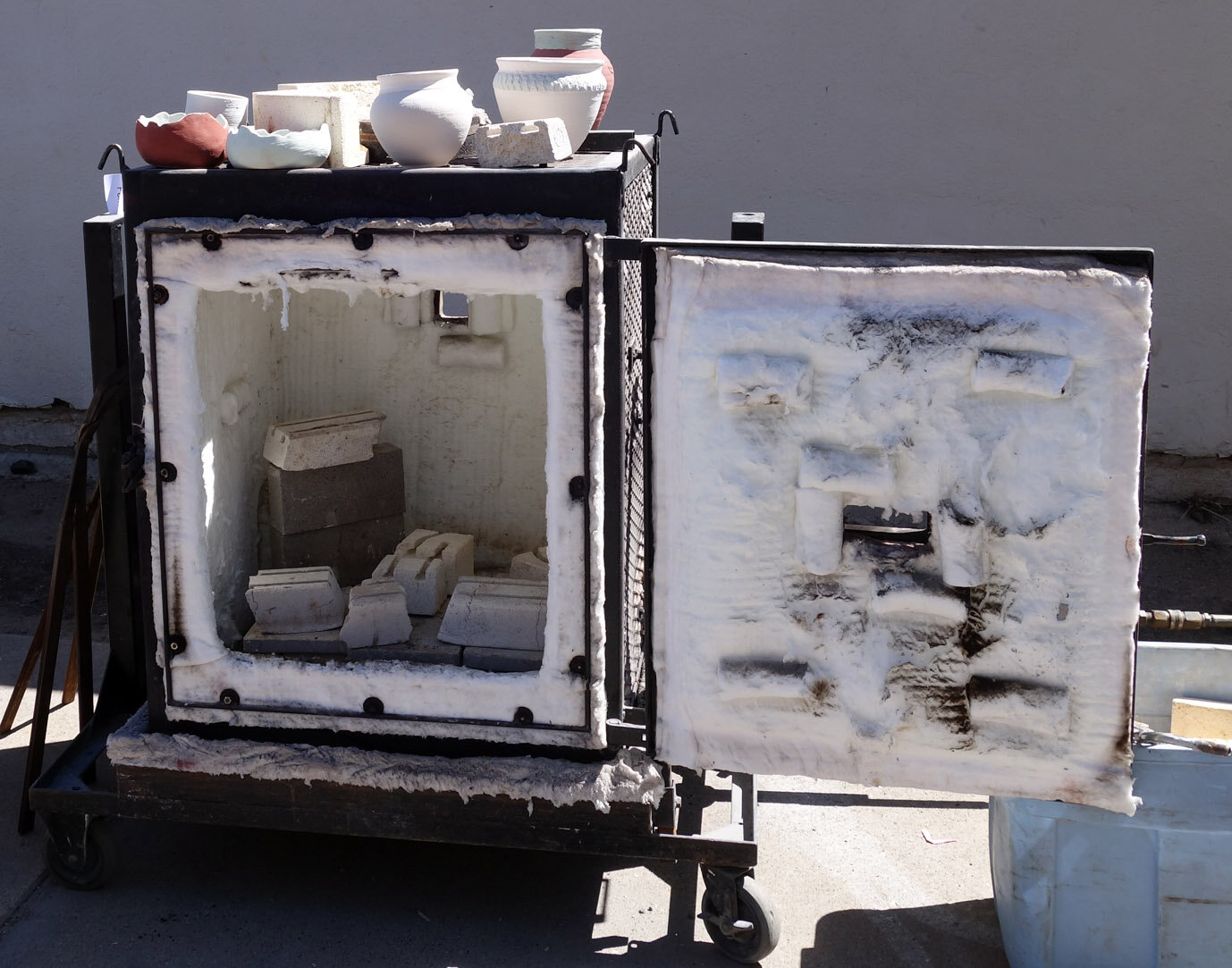
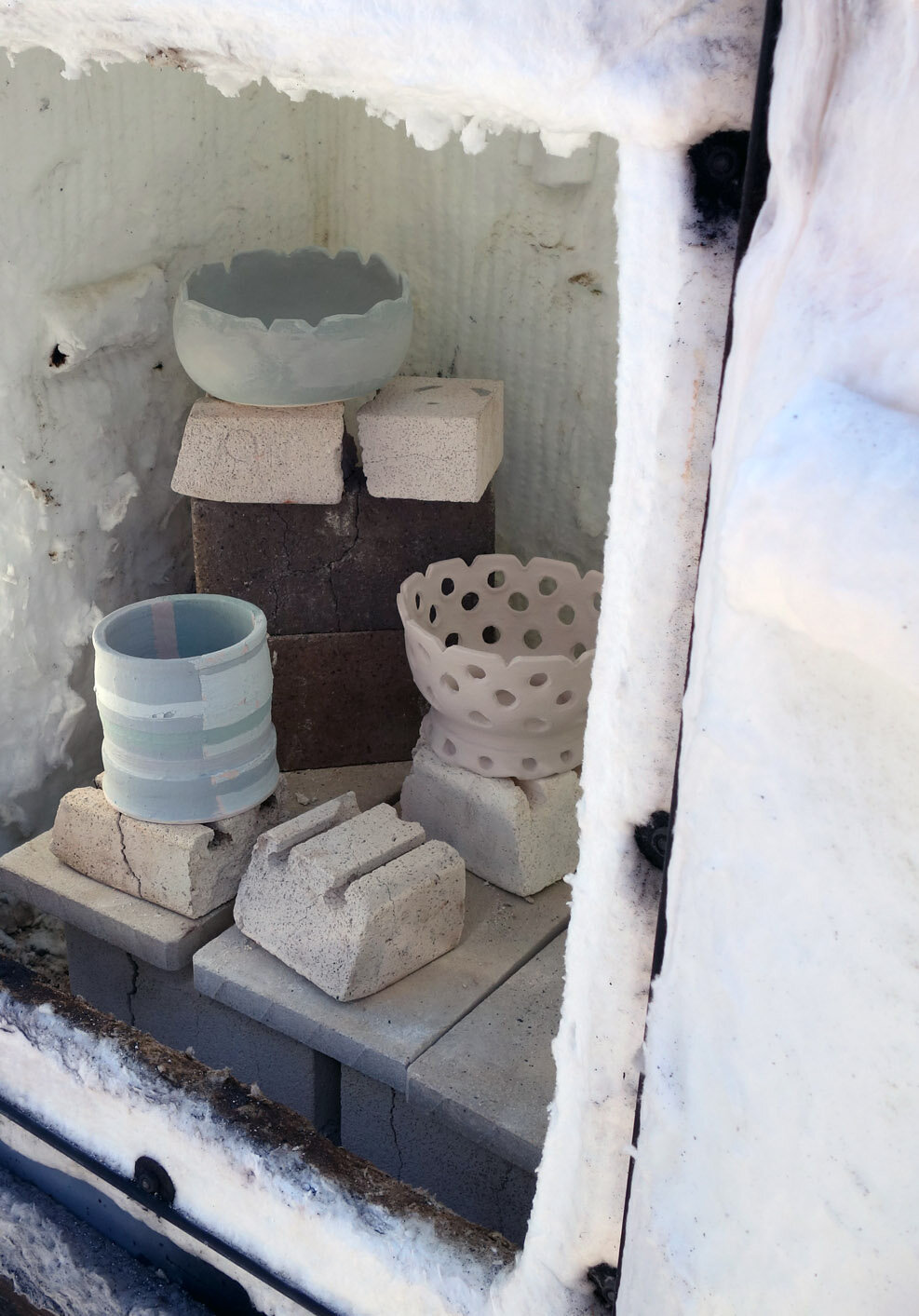
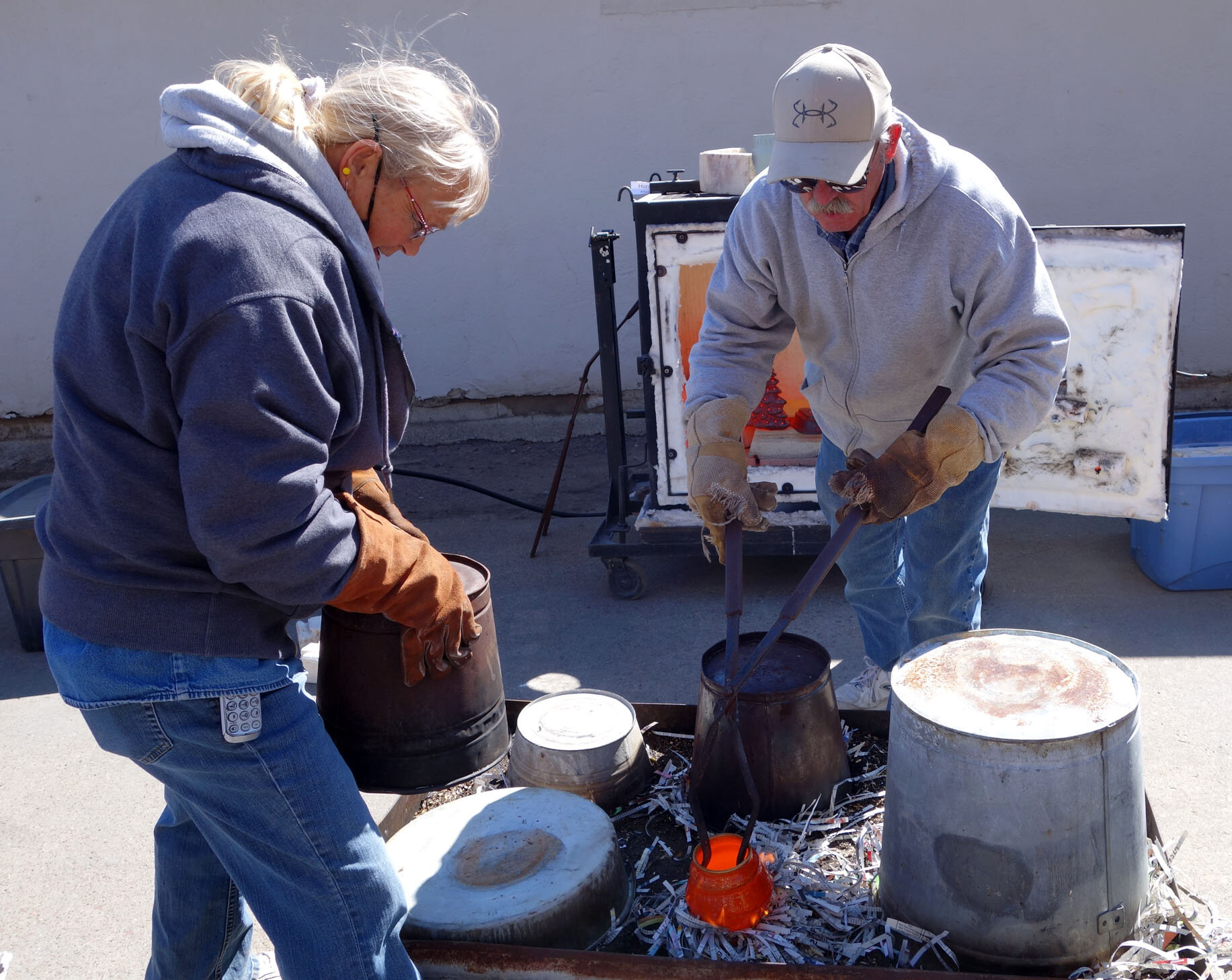
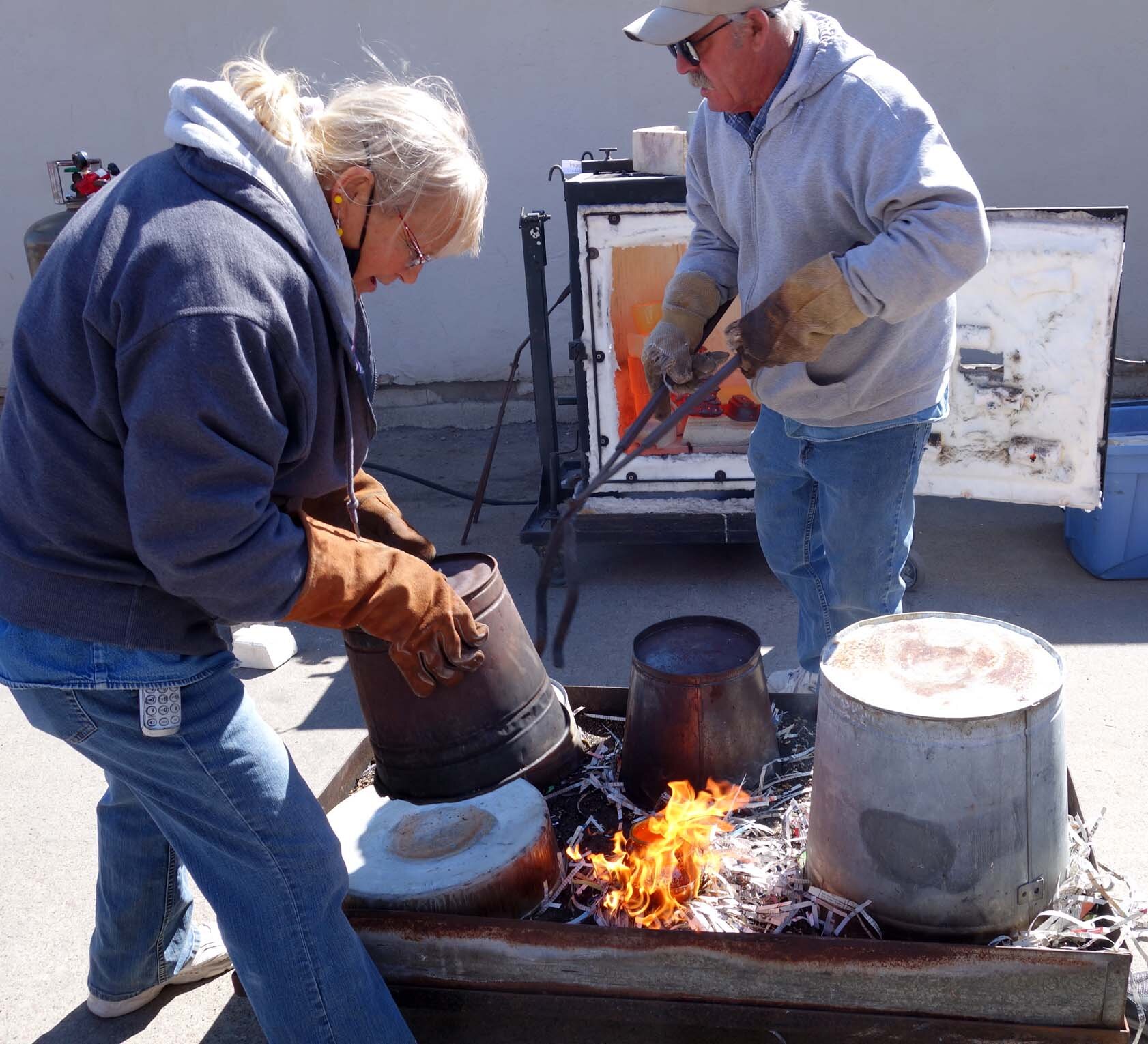
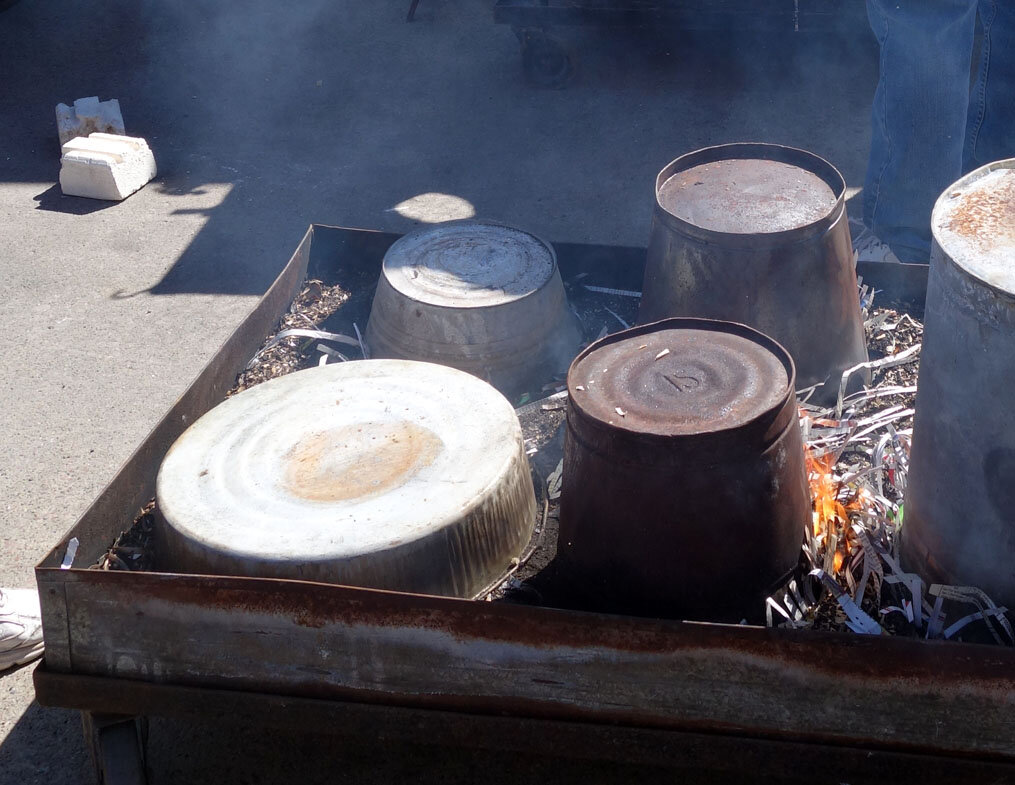
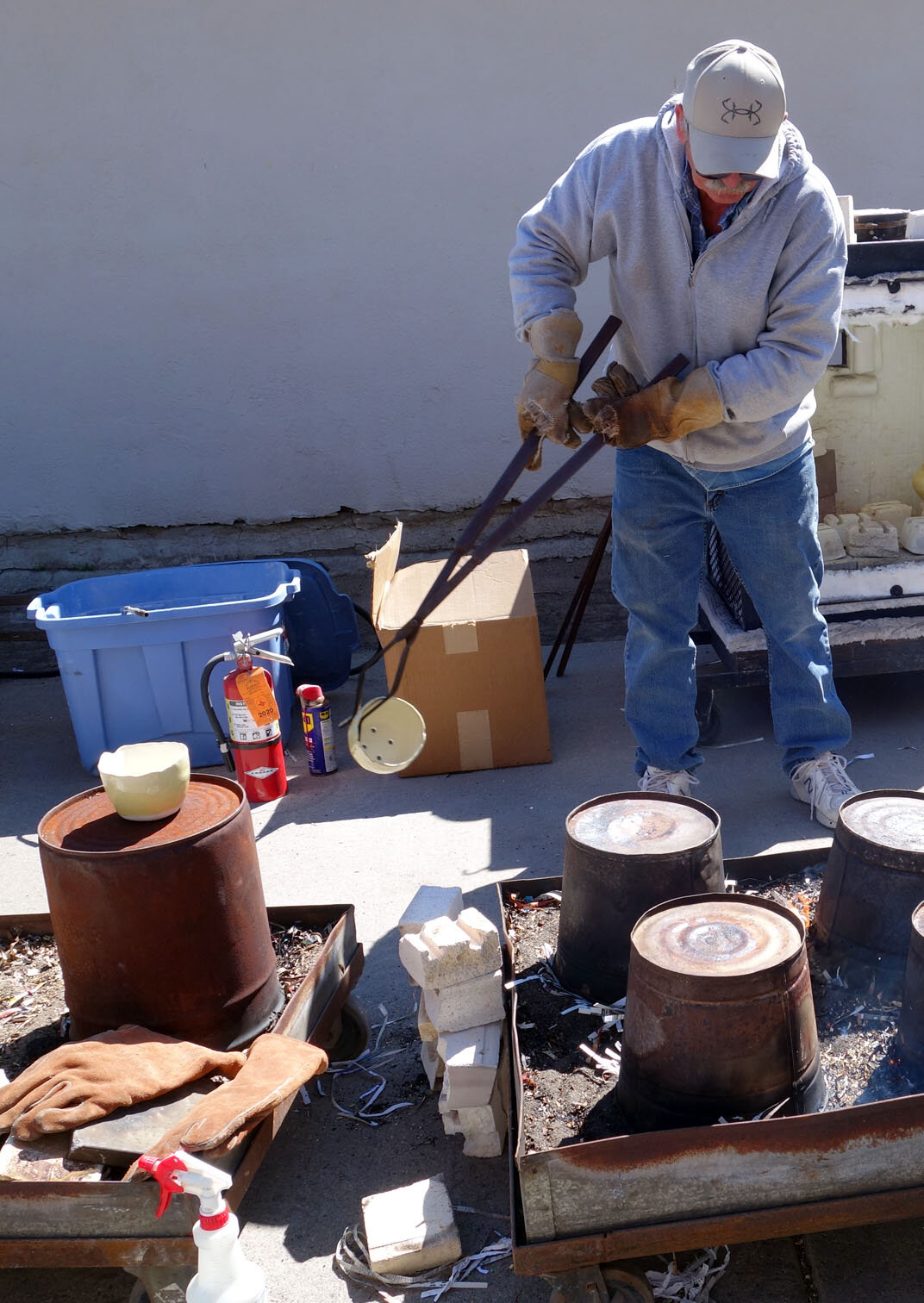
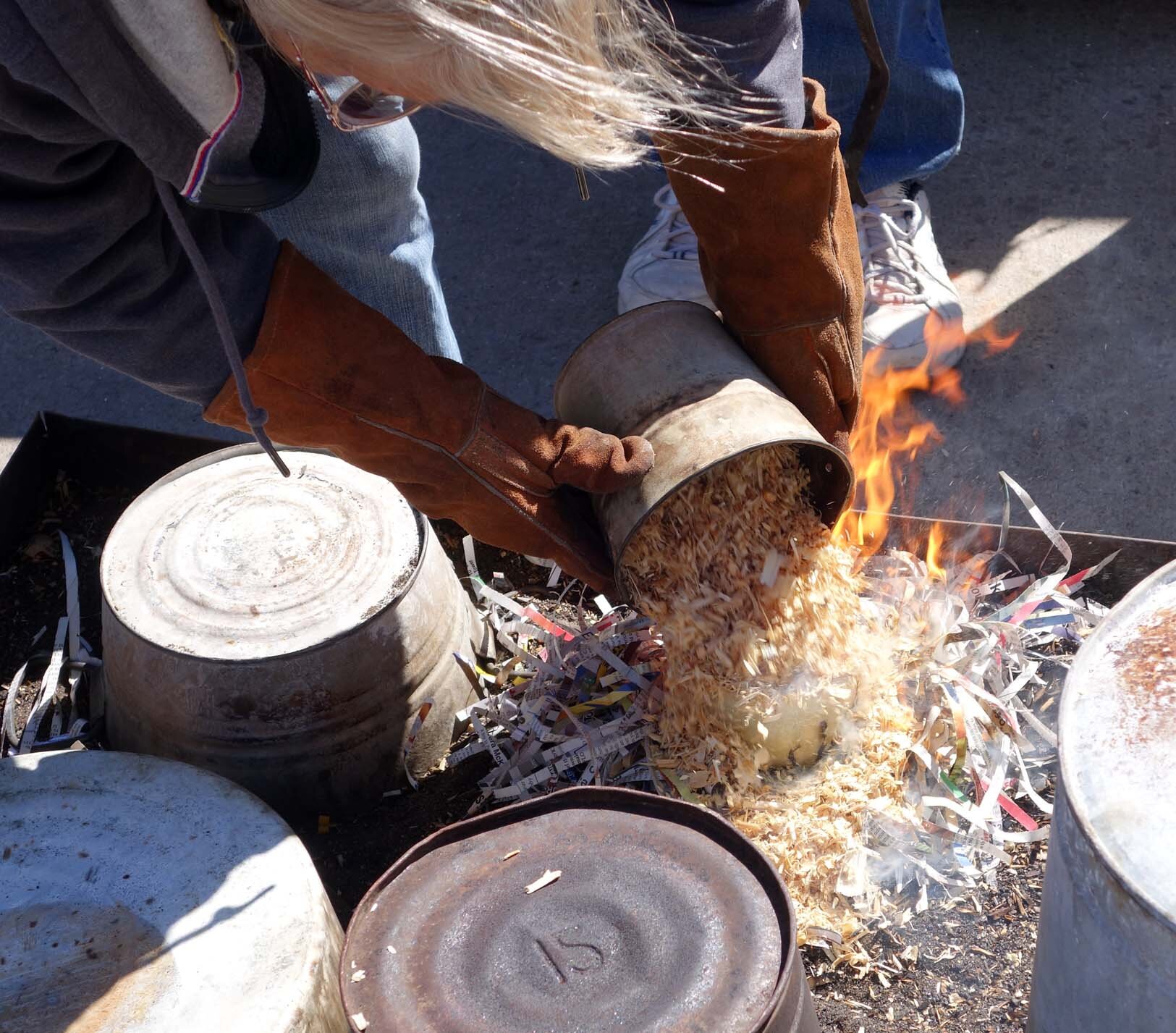

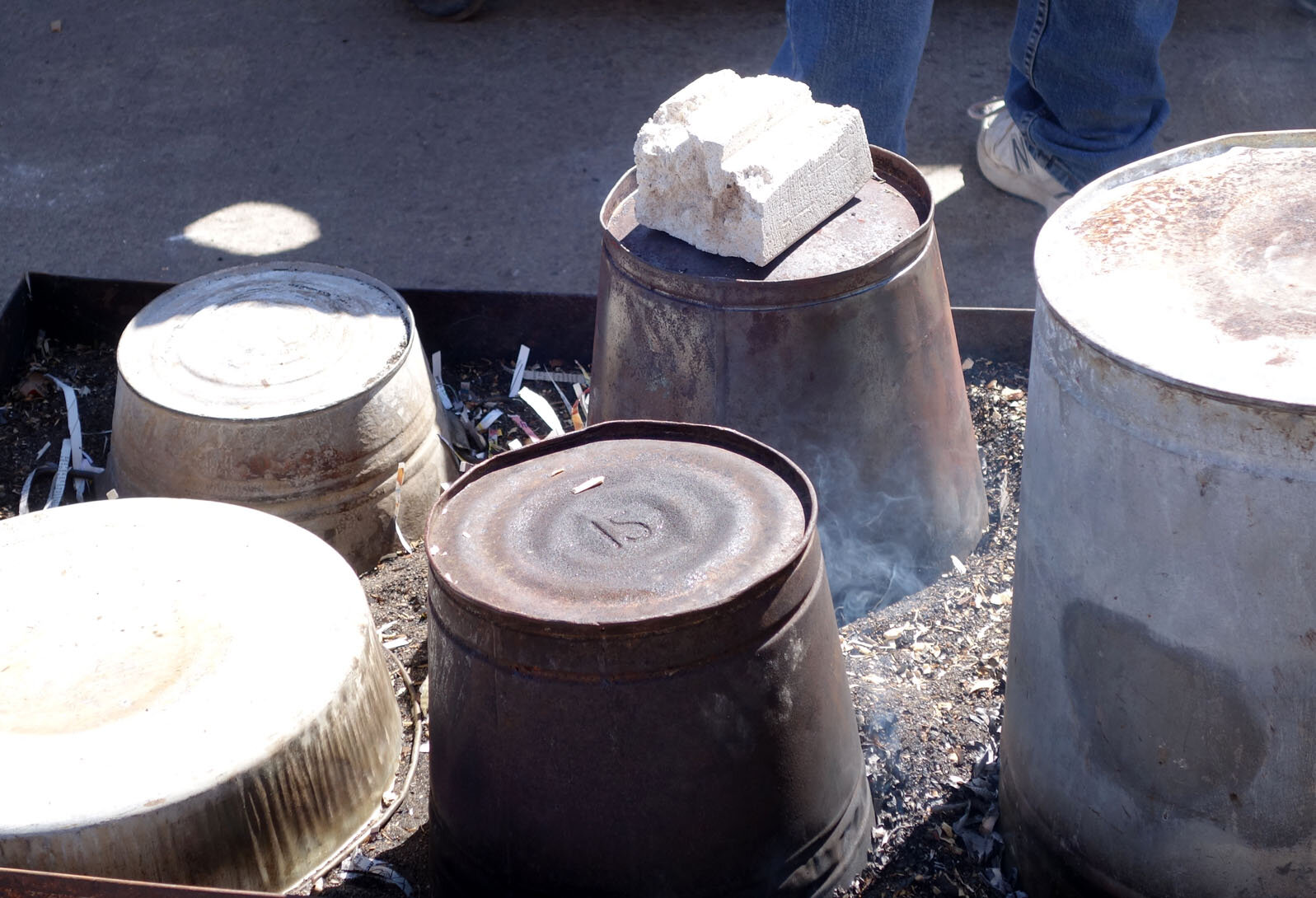
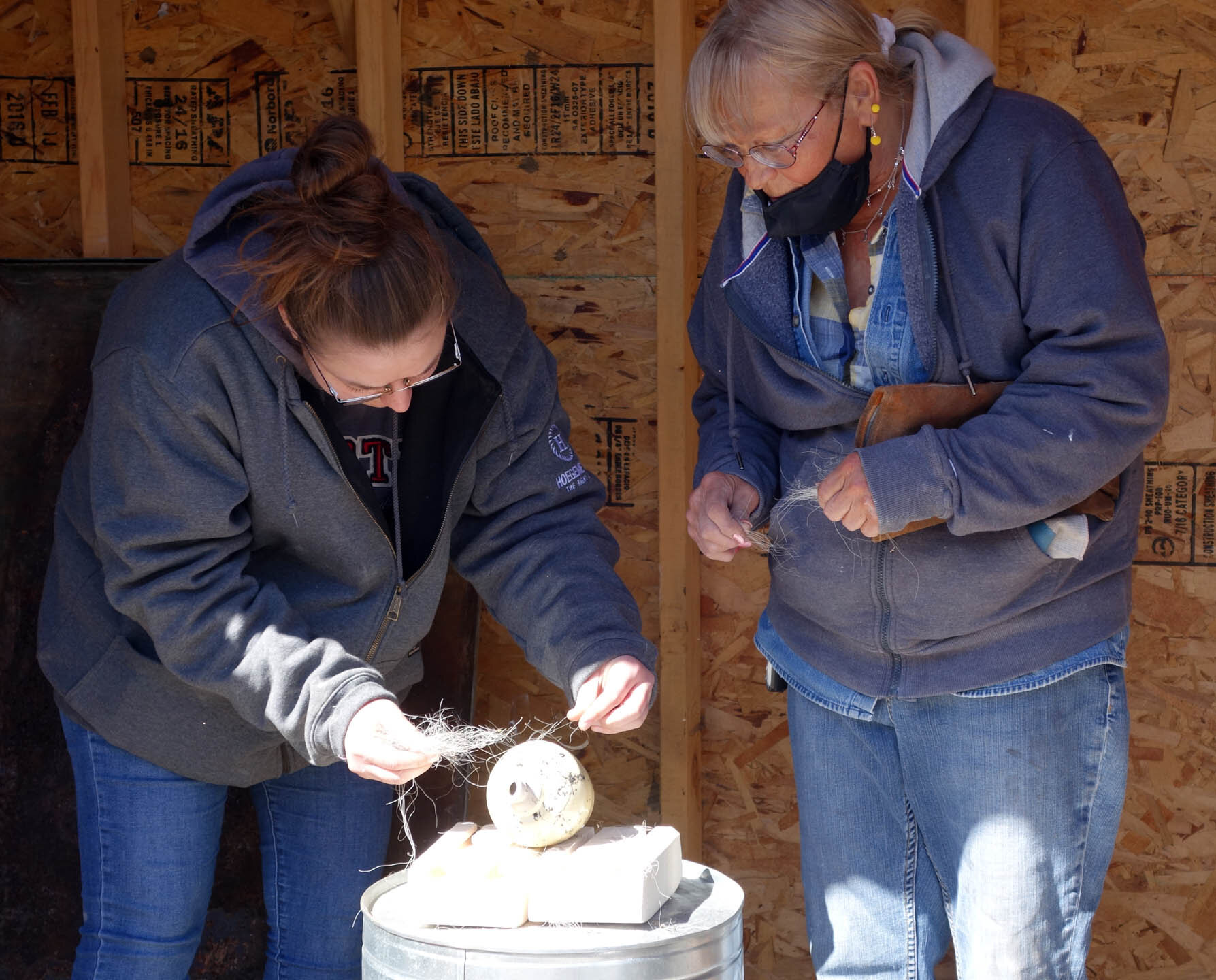
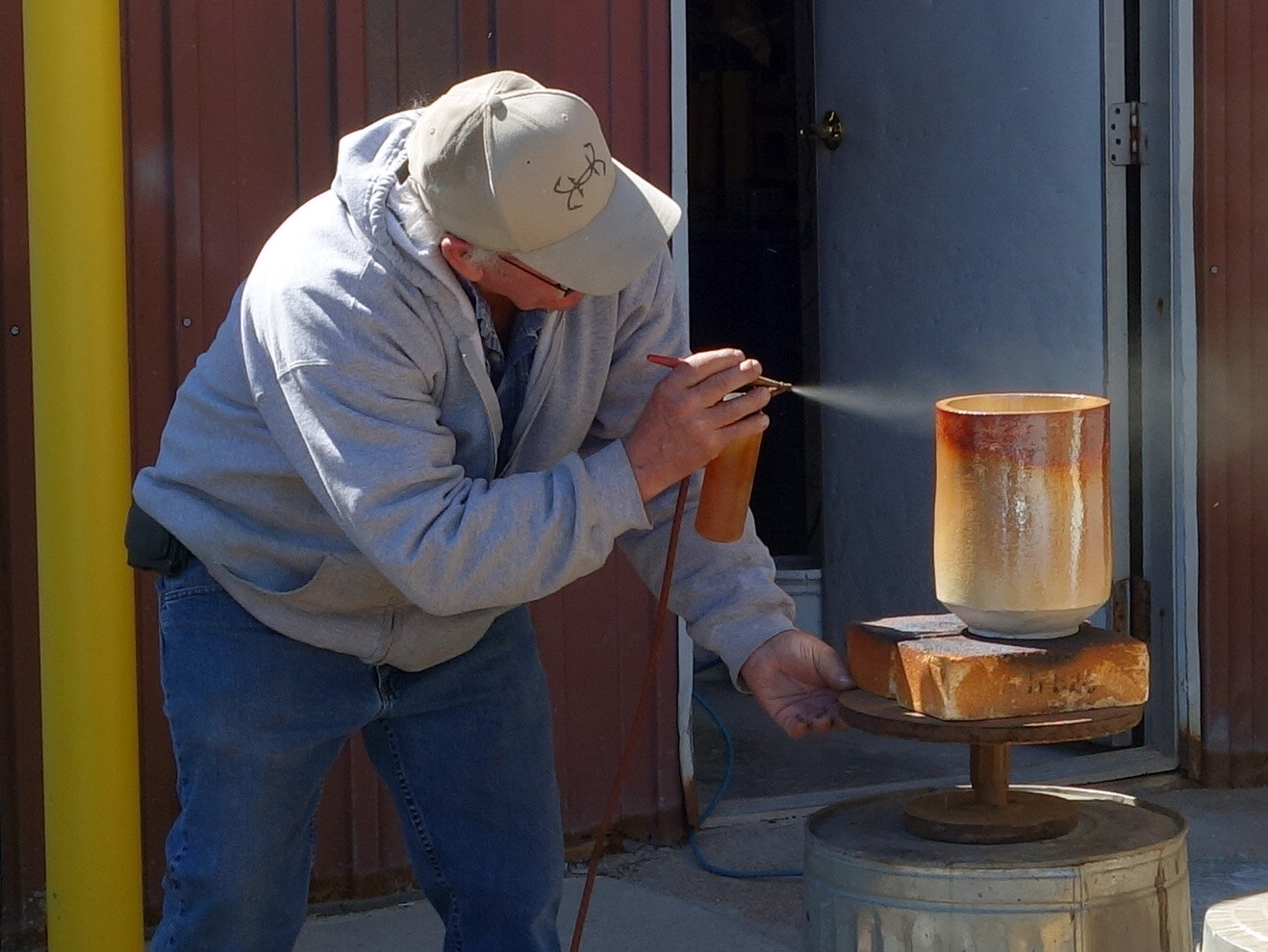
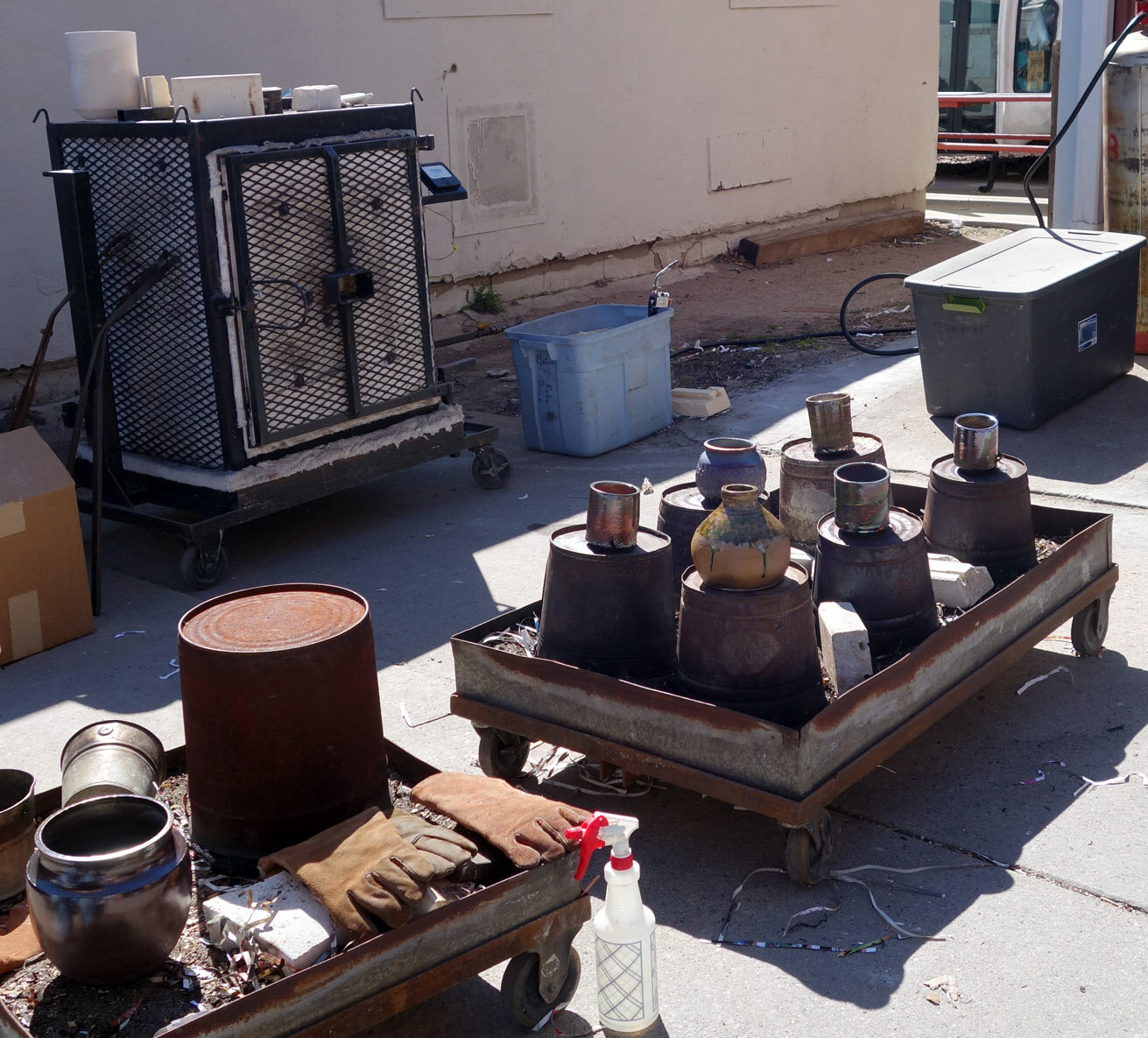
My Artist For the Earth Opening Reception!
Well, Earth Day 2021 was quite eventful! I’ll do a separate post on the ART 225 Painting I project we took on earlier in the day, but this post is all about how my opening reception went for my Artist for the Earth solo show at The Block Gallery in downtown Sioux City.
First of all, I want to say a big thank you to the Morningside Art Department federal work study studio art assistants Devyn Reilly and Rachel Steinkamp for helping me to install the show. While I’ve installed many a show alone, it is so much nicer to have skilled help working alongside you! I also had Rachel take some nice shots of the show after we installed it, so I might add more to the blog later, but here are a few photos I took tonight.
The last photo in the grid is thanks to some of my lovely friends, who not only came out to support me at the reception but also gifted me with a bouquet of flowers and purchased artwork and reproductions. A bunch of wonderful colleagues, students, and community members also came through and many left with various pieces of artwork as well. It was a lovely evening!
Birdwatching!
A still from the video - I’m the birdwatcher in the striped shirt!
I love spending time outdoors, and I enjoy opportunities to do so while learning, exercising, and having new experiences. On the first day of spring this year - March 20th - I joined some friends in a birding hike at the Dorothy Pecaut Nature Center in Stone State Park. To our surprise, part of the way through a cameraman appeared to document the event for the local news!
In this ABC television affiliate KCAU 9 video clip, you’ll hear about what we were up to but also get a glimpse of me on the trail - I’m the birdwatcher in the striped shirt, black face mask, maroon hat, and grey backpack. On this hike, I learned how to focus binoculars and became a little more familiar with some of the more common birds in the region: the white-breasted nuthatch, the red-bellied woodpecker, and the downy and hairy woodpeckers (they look very similar but have different beak lengths). We also saw a couple of bald eagles and turkeys, though I had already been able to identify those!
New Artwork: Synthesis, and Upcoming Invitational Exibition
In late December I was invited to participate in an upcoming exhibition and fundraising support event called The Maskuerade for local art gallery Vangarde Arts which has, as is unfortunately the case with many arts organizations, suffered during the pandemic.
Vangarde Arts has been a great supporter of the arts in Sioux City as well as of Morningside College, so I happily agreed to participate. Vangarde provided each invited artist with a white cotton 3-ply face mask, and asked that each mask be made into a unique artwork. The pieces are then to be auctioned off with the proceeds going to support their organization.
This was more of a challenge than I think many viewers might realize for several reasons:
The substrate (the face mask) is rather small and of a defined form already, so there’s limited room to work.
As an artist, I think you want to embrace the media you’re working with - so making it unrecognizable as a face mask to me ends up defeating the purpose of the challenge.
While I think one could pretty easily paint on a cotton mask as a canvas, I question whether viewers will easily differentiate an original painting from an existing fabric print. This meant I felt I needed to get somewhat sculptural while still embracing the substrate and its intended function in order to really make it transform identifiably into an original artwork.
I didn’t want to lose my own artistic focus and hand - I wanted to make this piece work within my oeuvre rather than existing outside of it.
I mentally wrestled for weeks just in trying to develop a concept, and then with only a vague starting point in mind I then physically wrestled with the mask itself for a couple weeks to try to see if that manipulation would inspire me to come up with an artistic solution. Finally all the reflection and experimentation paid off, and with an idea in mind all I then had to do was execute it!
This is Synthesis, a wearable mixed media artwork including a white cotton mask, thread, acrylic, gel, Cladonia rangiferina “reindeer lichen,” Tillandsia usneoides “Spanish moss,” pine needles, and bark. Its dimensions are 7x13x4.5”.
The Maskuerade exhibition will have open house hours on February 11, 12, and 18 from 6-7pm in Vangarde Arts which is located at 416 Pierce St, Sioux City, IA 51101. An online auction will be open from February 15-18, and a silent auction and Fat Tuesday on Friday celebration will be held February 19 at 6pm with a live auction following at 7pm.
I'm A Geoselenic Artist!
An image of one of my paintings (Velocity, if you’re curious, as I went with my most recent work to date) is going to be sent to the Moon on a shielded microSD card in a 'Moonbox' from NASA contractor Astrobotic, so my work will be in a lunar digital archive! (Until radiation breaks through and wipes it away.)
A fellow space enthusiast who purchased a Moonbox to send microSD cards up and had extra storage available shared this opportunity with me (and others) and I excitedly submitted and was approved. I wanted to know what kind of exhibiting artist this will make me since international is no longer enough (and galactic seemed too broad), so I asked a bunch of friends and students what adjective means the Earth and Moon together.
There was a lot of speculation - interstellar also seems too broad, and the offerings of stratospheric, universal, lunatic (haha), and interplanetary didn’t fit the bill either. But my friend Bernie Langer came through with "geoselenic,” which is exactly the term I was looking for! (Apparently it’s of Hellenic derivation; Bernie also followed up with the Latin-derived “terralunar” which I like even better but which sadly hasn’t yet made it into a dictionary.)
Also, I can’t mention being a geoselenic artist without linking some relevant forefathers.
Judging the Sioux City Camera Club Print Competition
I was invited to serve as a judge for the Sioux City Camera Club’s print competition in mid-October, and it was a really fun experience! The competition was split into two parts: color, and black and white. I along with two other judges rated each entry on technical skill, composition, and interest. I was quite impressed with the quality of the submissions - we have some really talented photographers in our community! Category winners will go on to compete further on a regional level, so I’ll be interested to hear how those photos fare in upcoming competitions.
Judging-wise, I have a lot of experience in assessing artwork in terms of value, color, composition, and so on. I am also expert at Adobe Photoshop, so digital manipulation is totally in my wheelhouse. I am skilled at digital photography, but there’s more there that I’d like to learn, and in film photography I know the basics but haven’t immersed myself in that discipline since undergrad. It was interesting to see how my deep knowledge areas complemented those of the other judges and vice versa.
4th Annual Artisan's Show and Sale at First City Photo
Once again, I participated in the Annual Artisan's Show and Sale in downtown Leavenworth this past weekend! The Show and Sale was held on November 9th and 10th at First City Photo. The artist reception was held on Friday from 5 to 8 p.m. and the show continued on Saturday from 10 a.m. to 3 p.m. Here is a photo of my reproductions sale table!
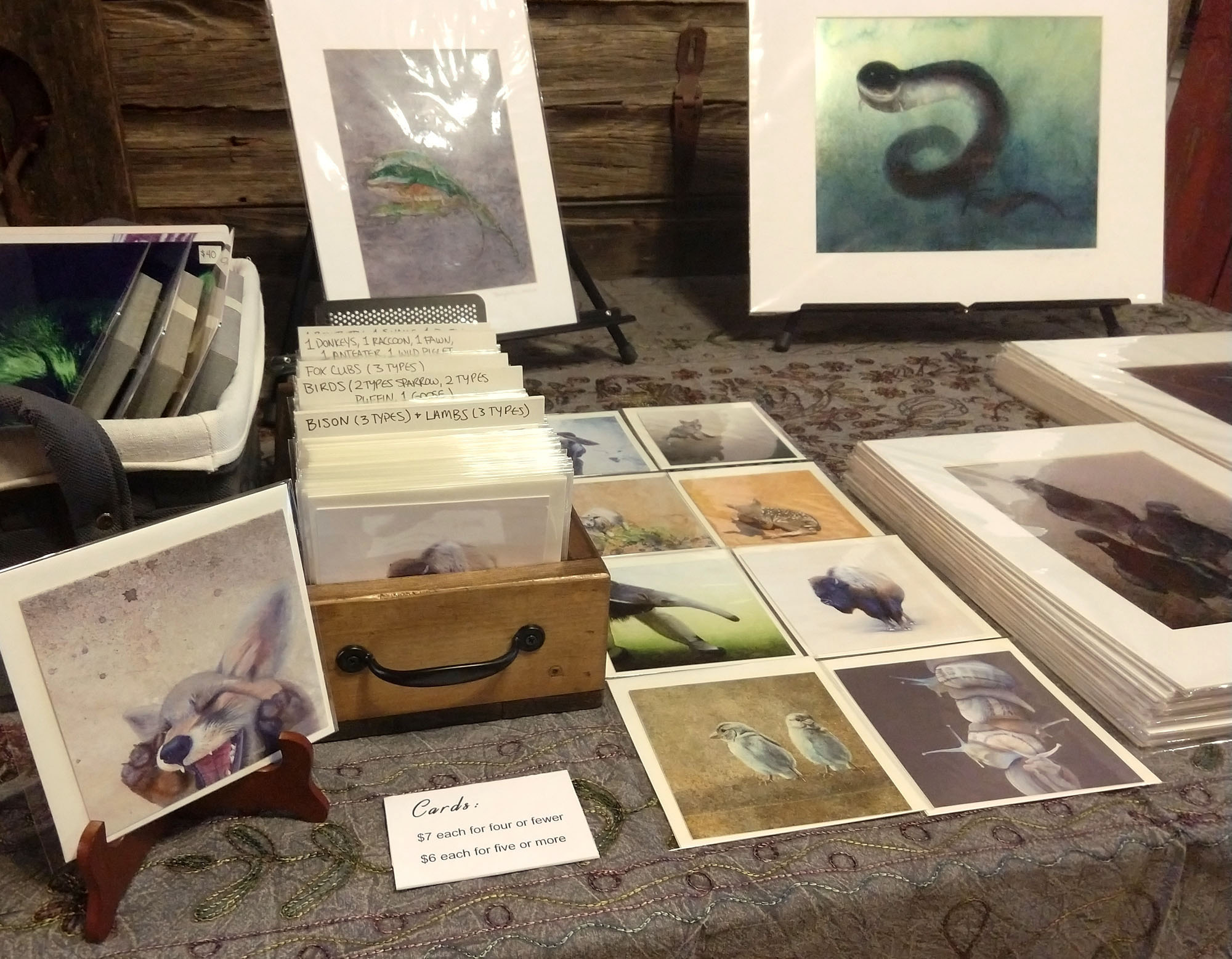
Cerdeira Village Residency Journal 6 Photos 2
Whew, sorry for the slight delay in posting. Madrid is super hot (I'll tell you more when I actually journal about it) and it saps your desire to be productive, so I am currently channeling most of my energy into studio productivity and attempting to brave the outdoors! Anyway, here are the final photos from Cerdeira Village and the Elementos à Solta festival!
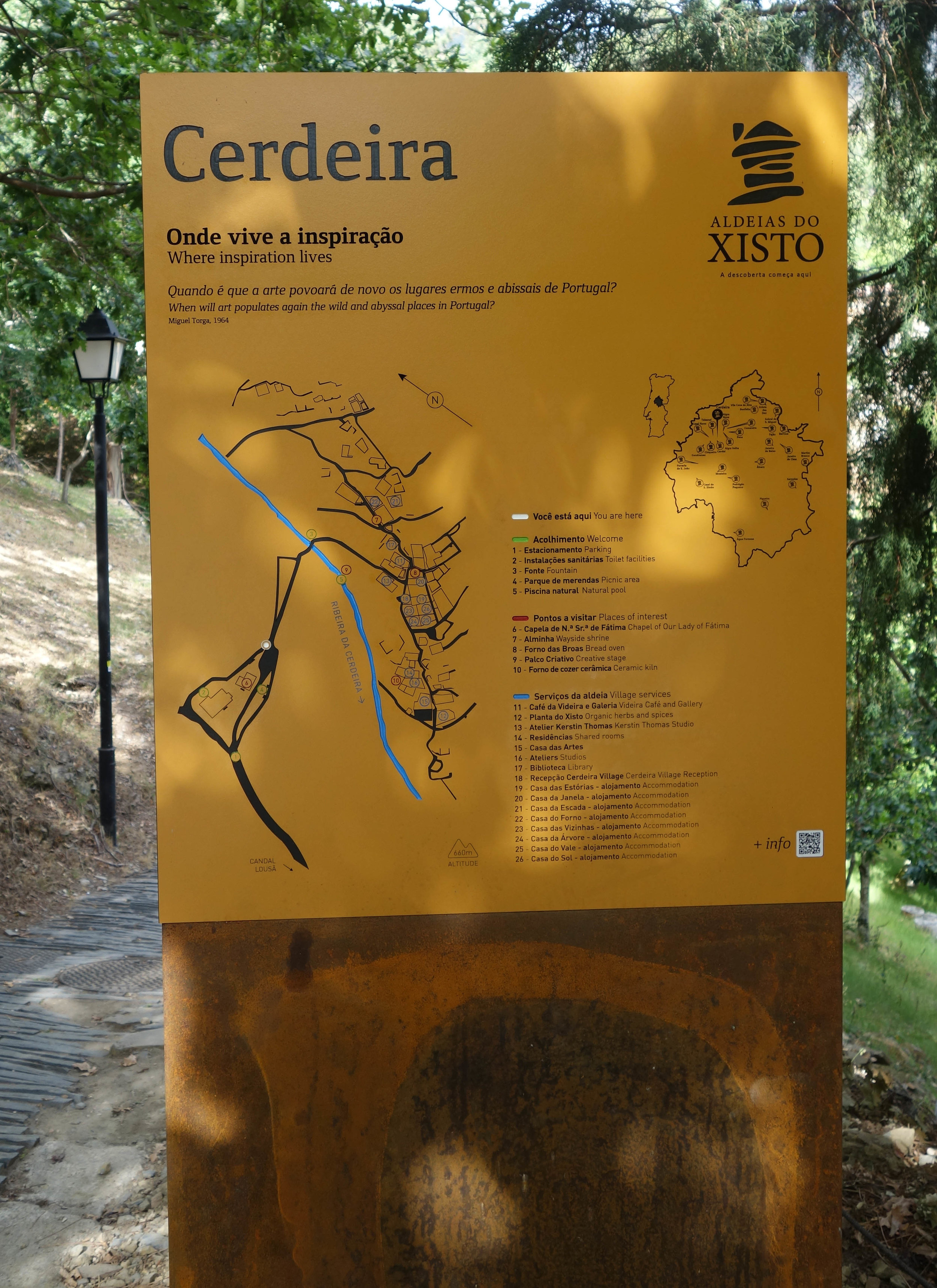
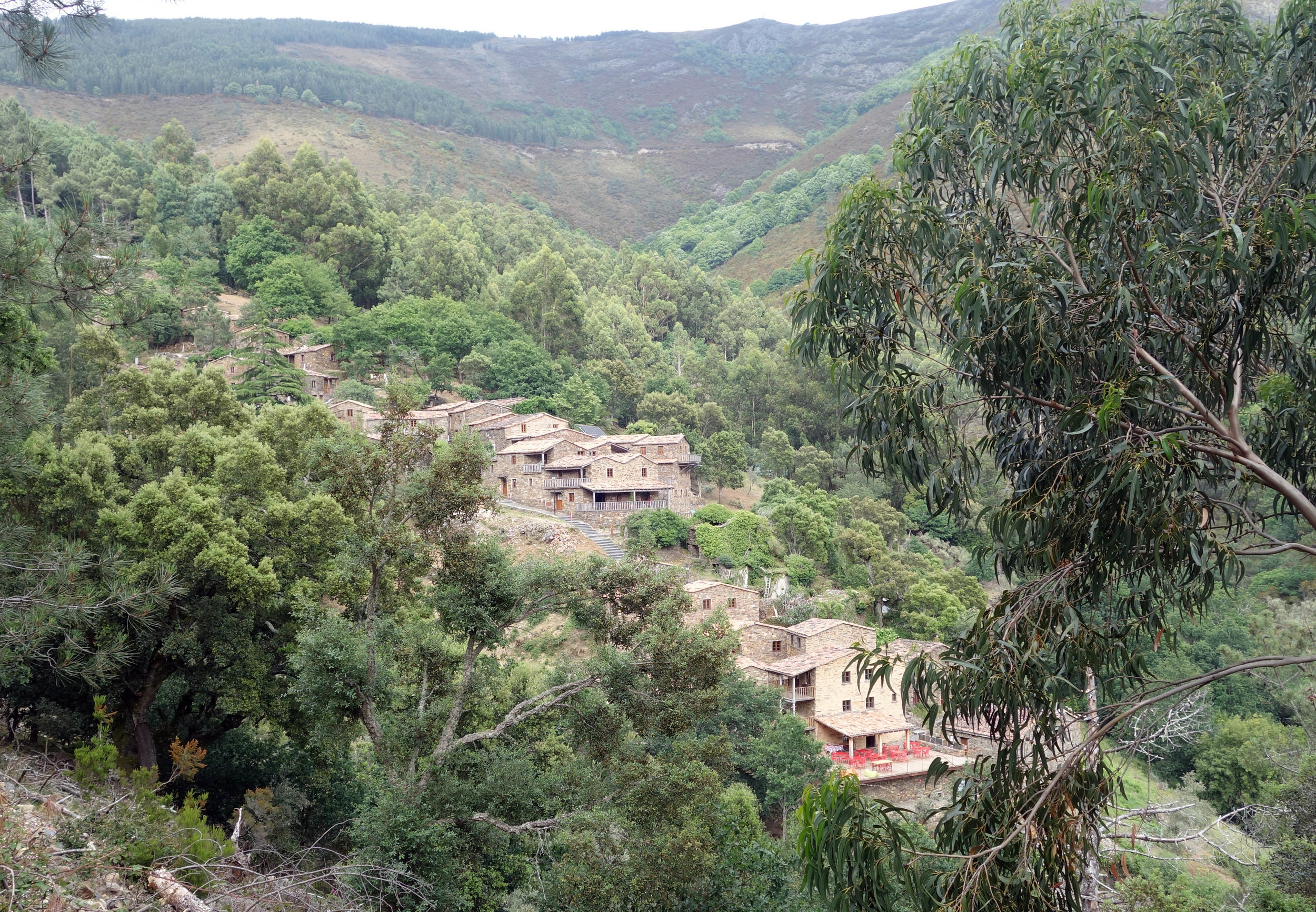
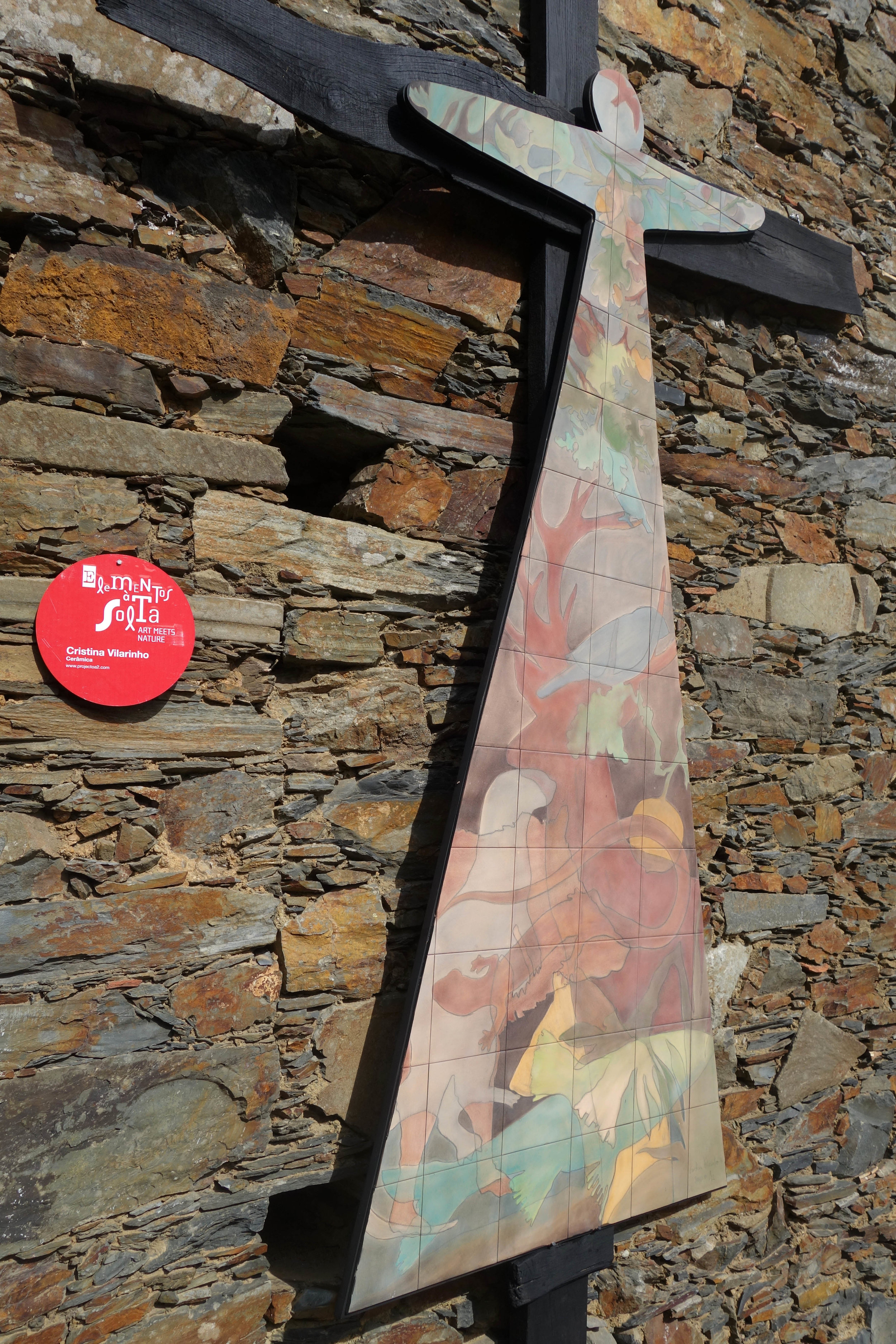
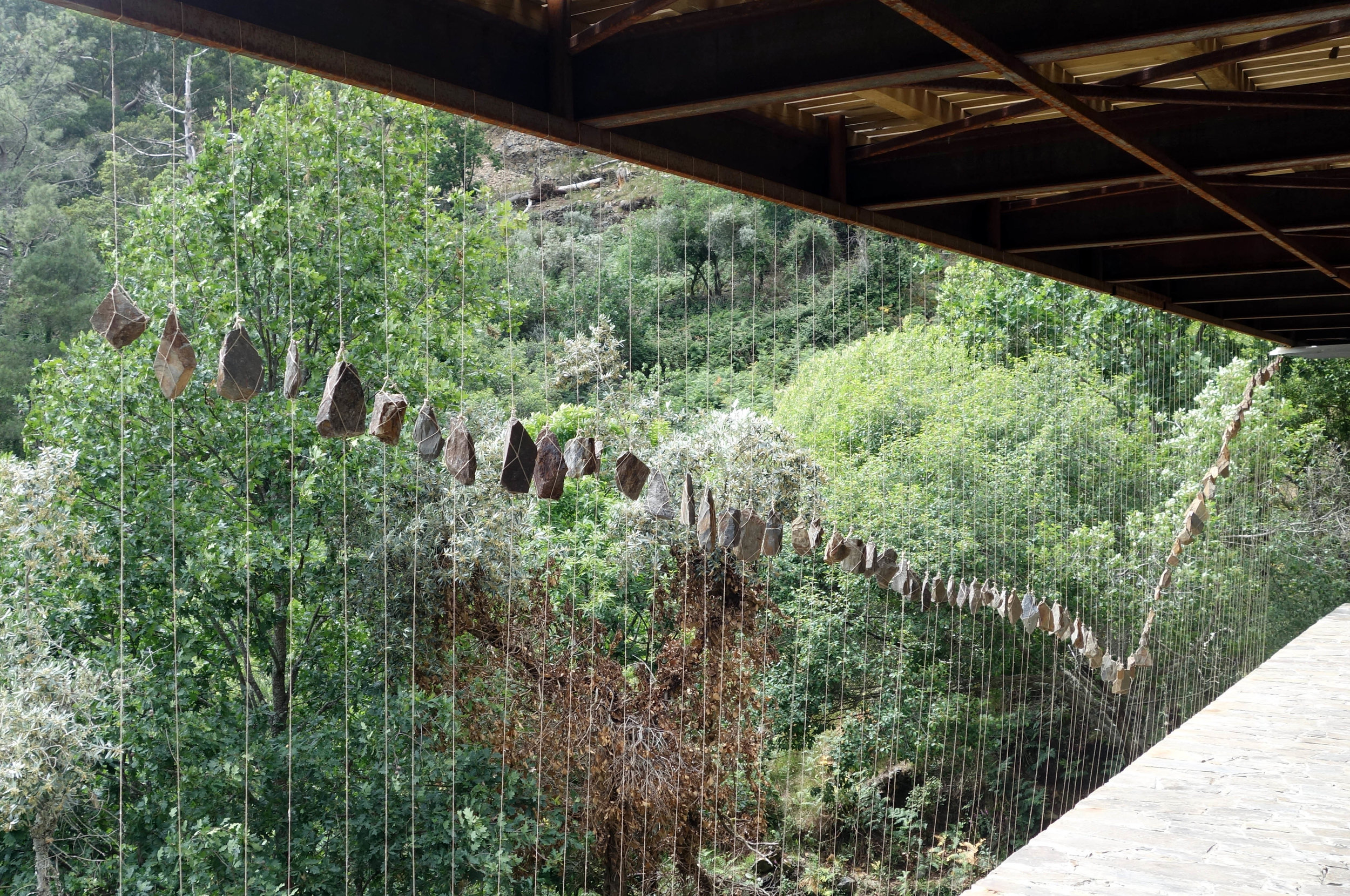

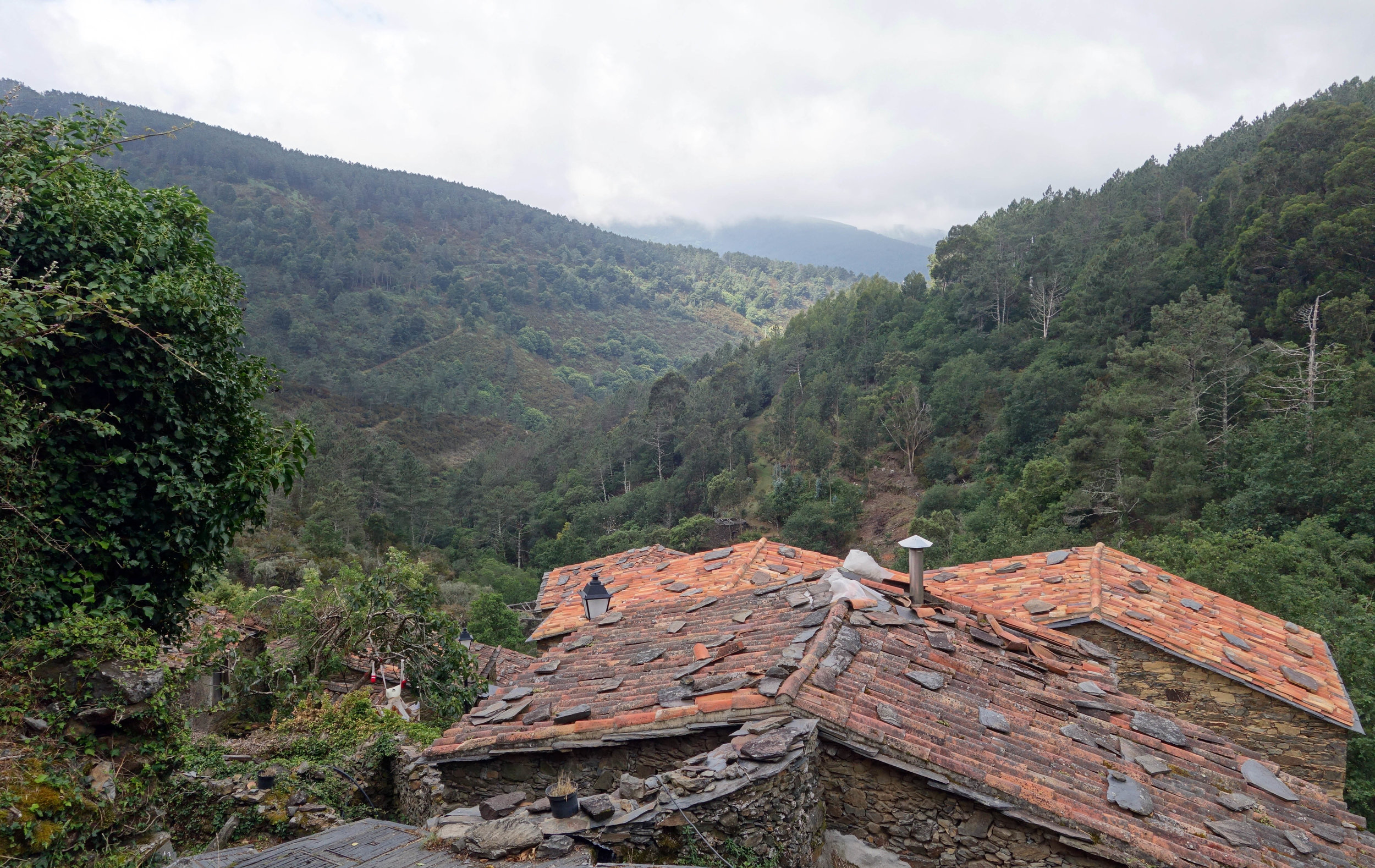
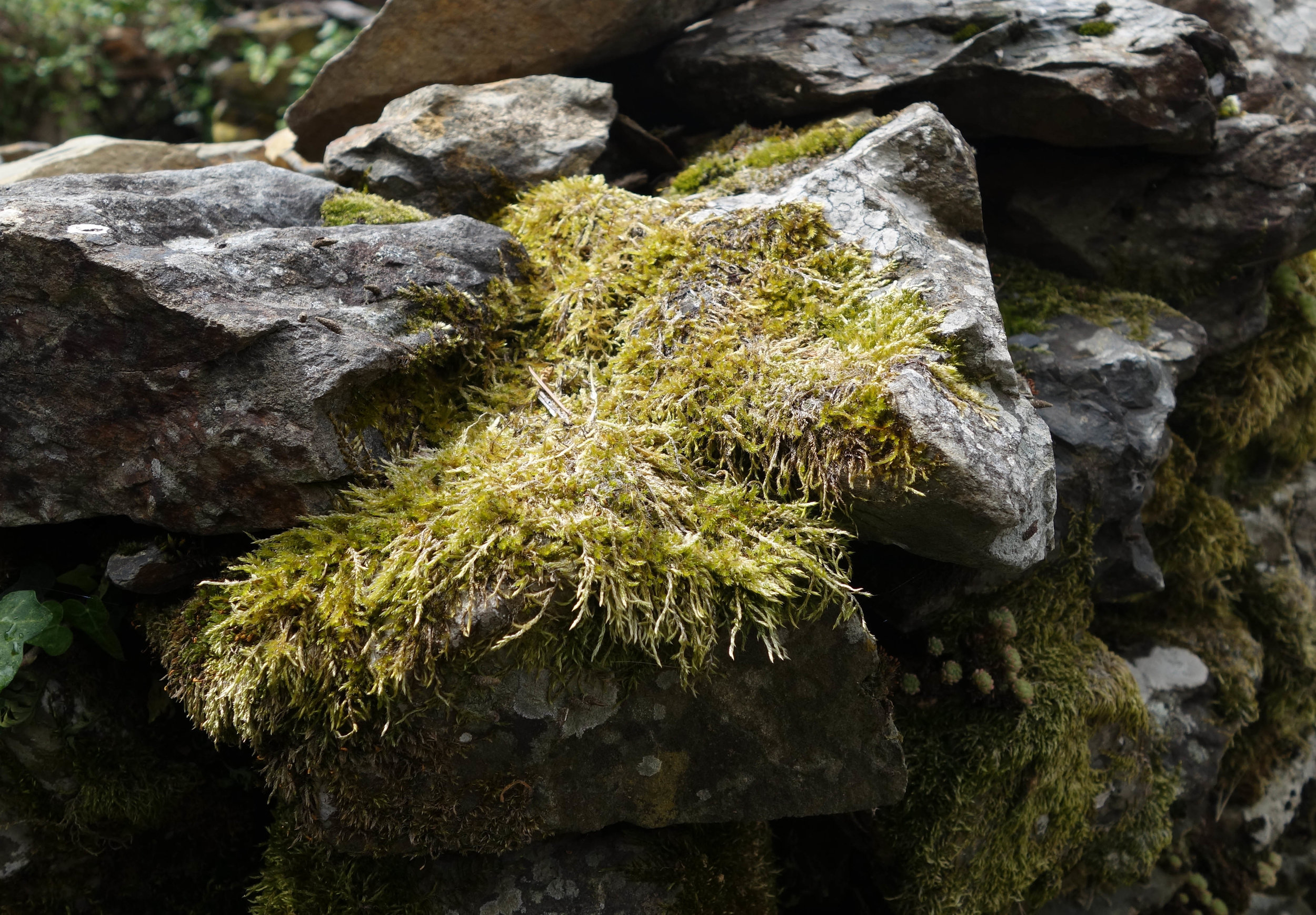
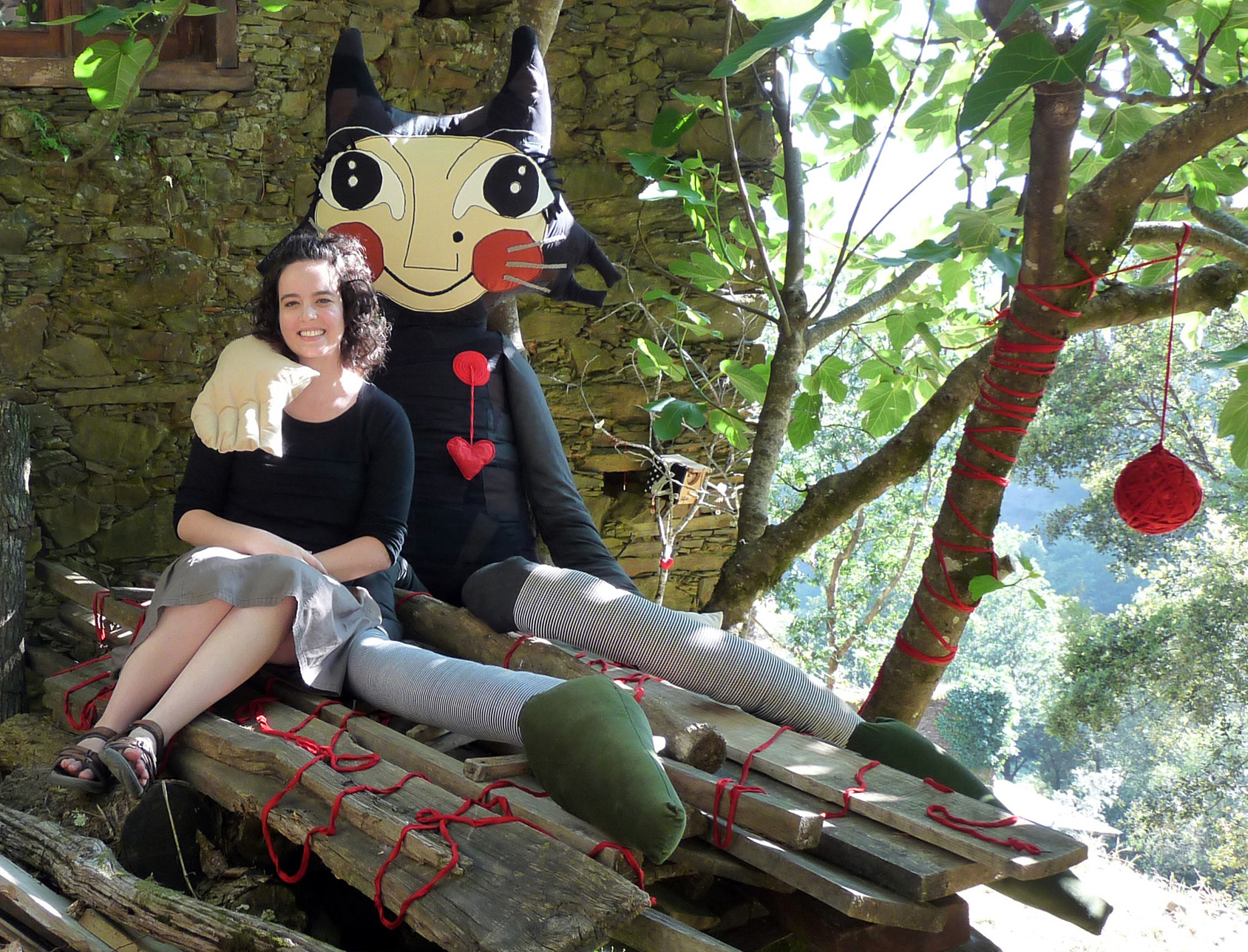
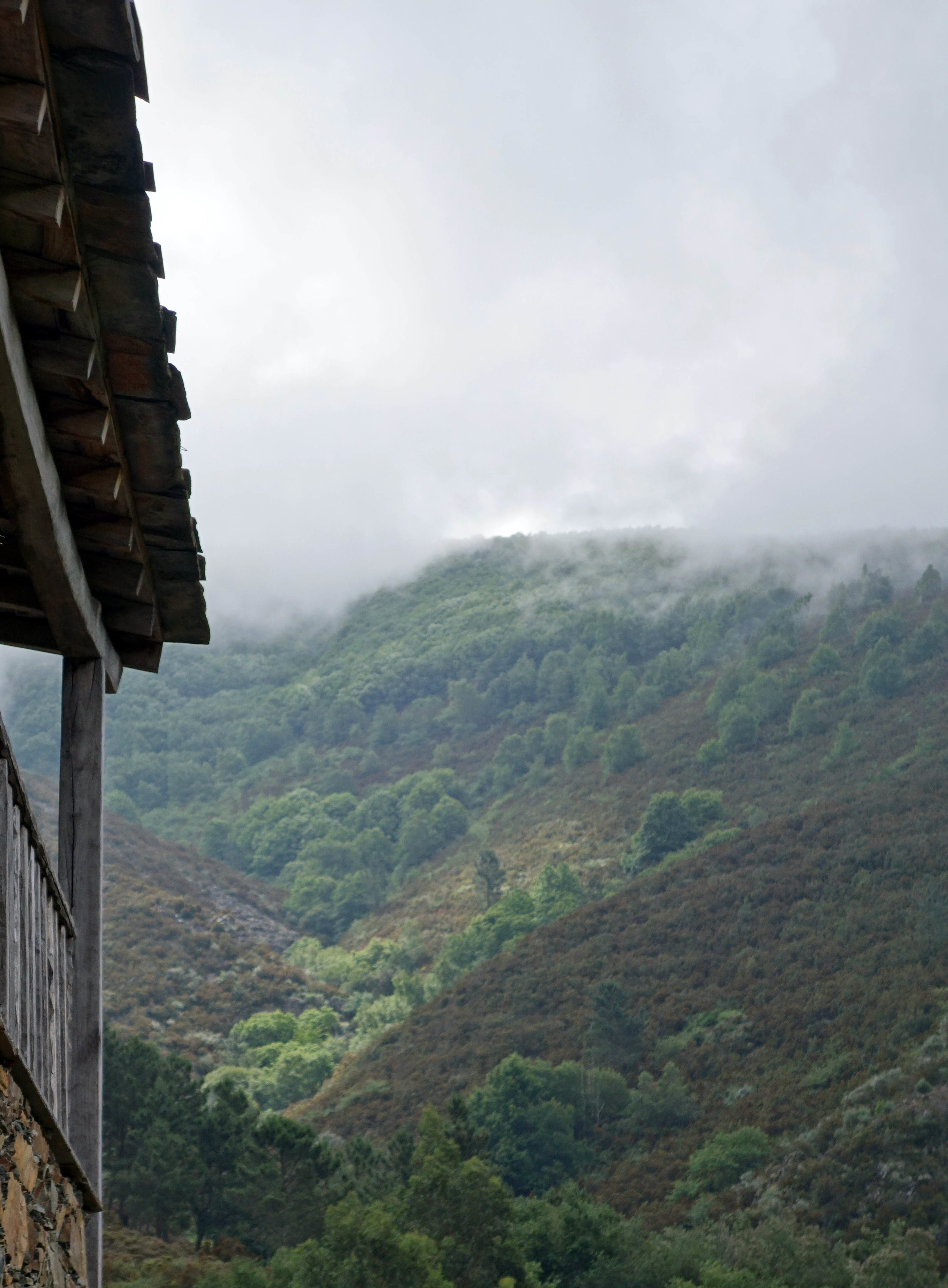
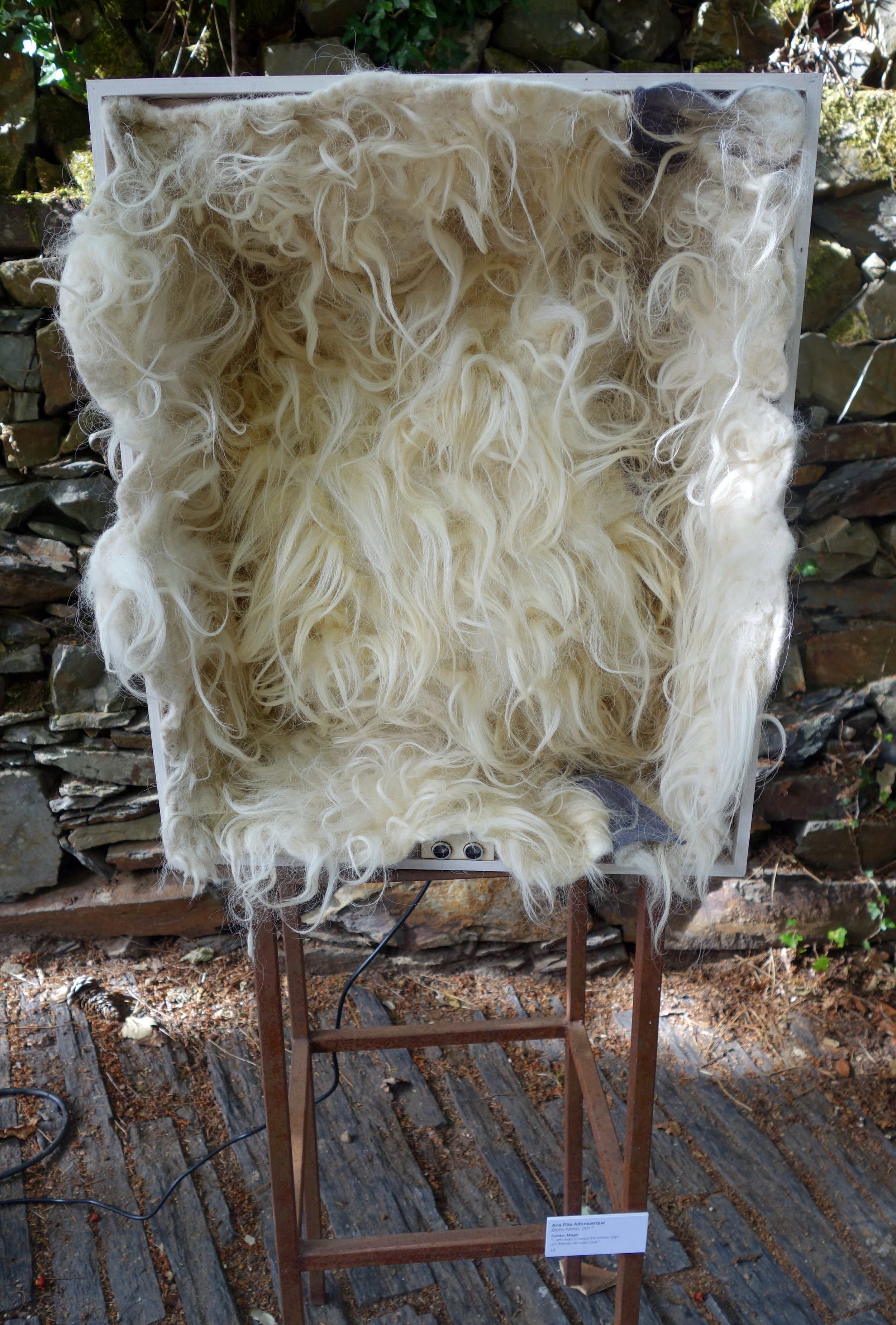
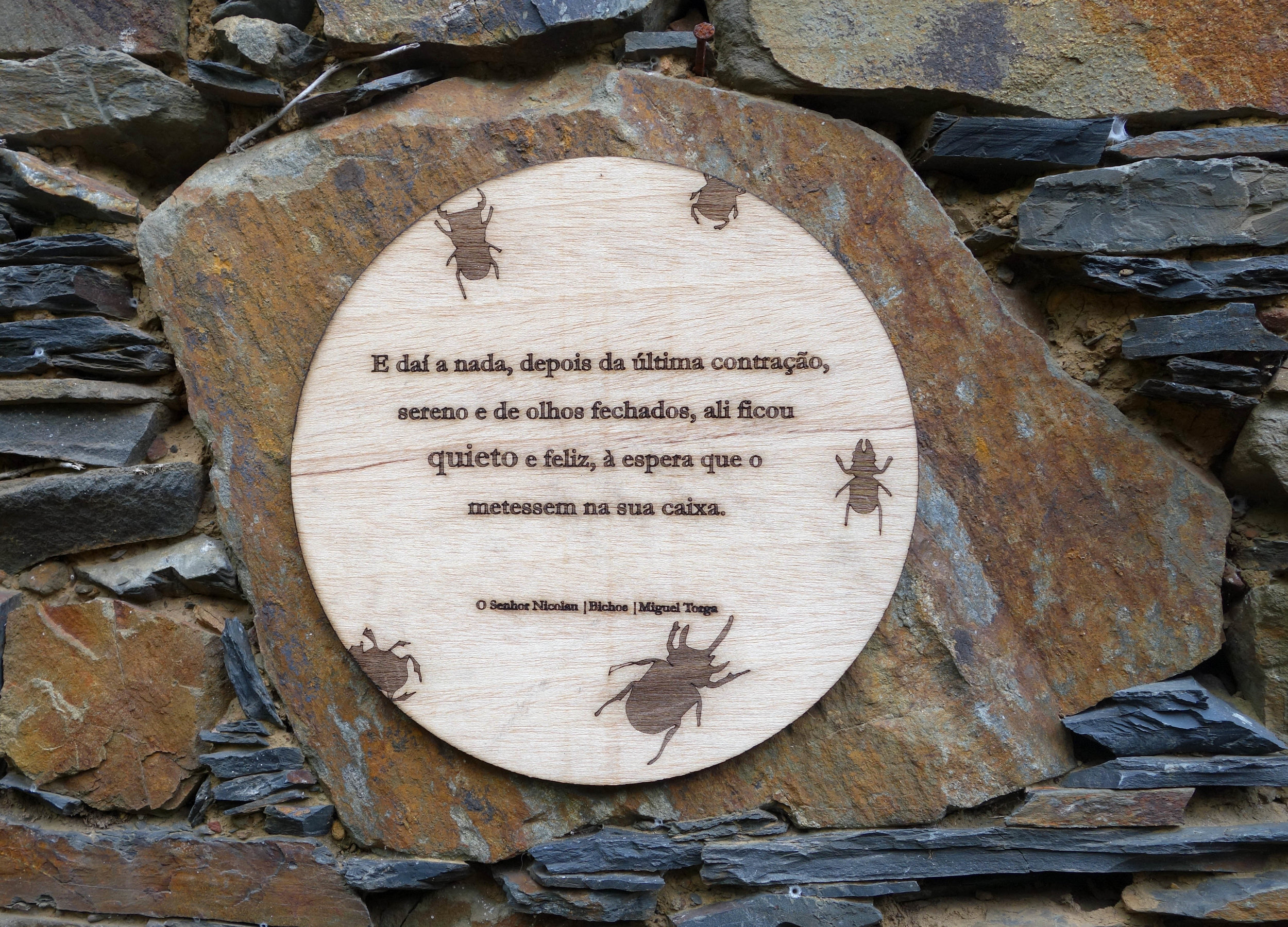
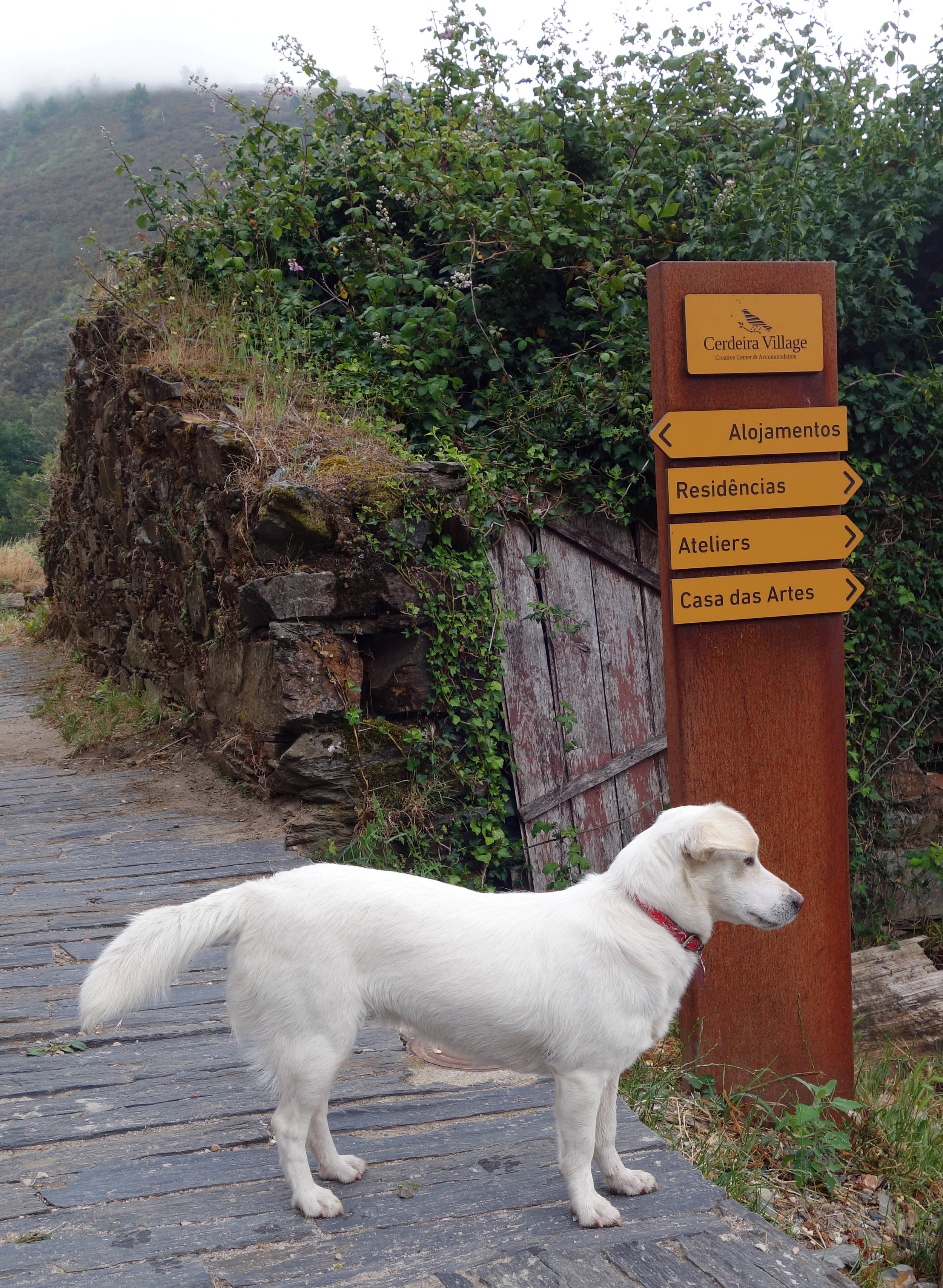
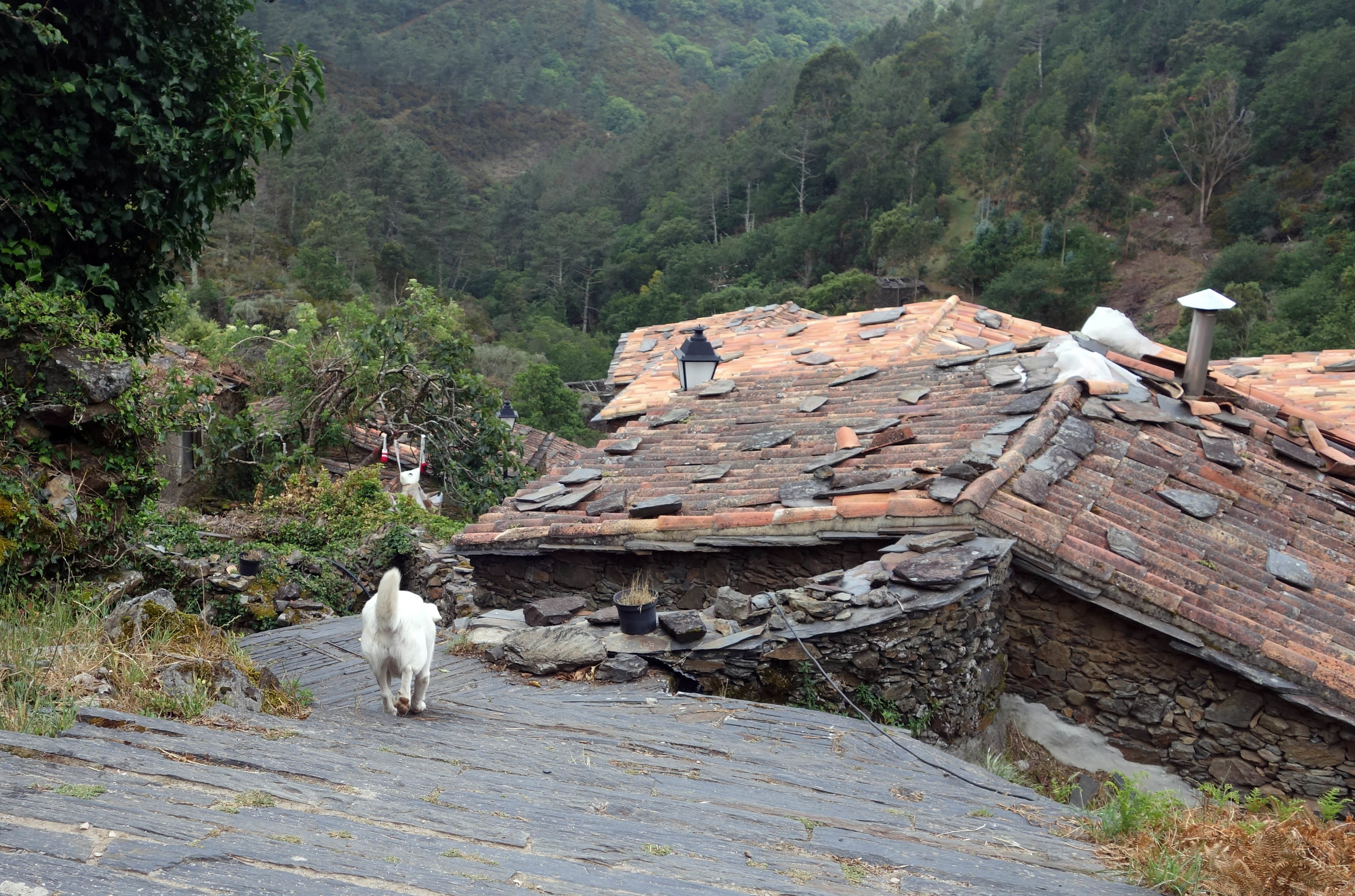
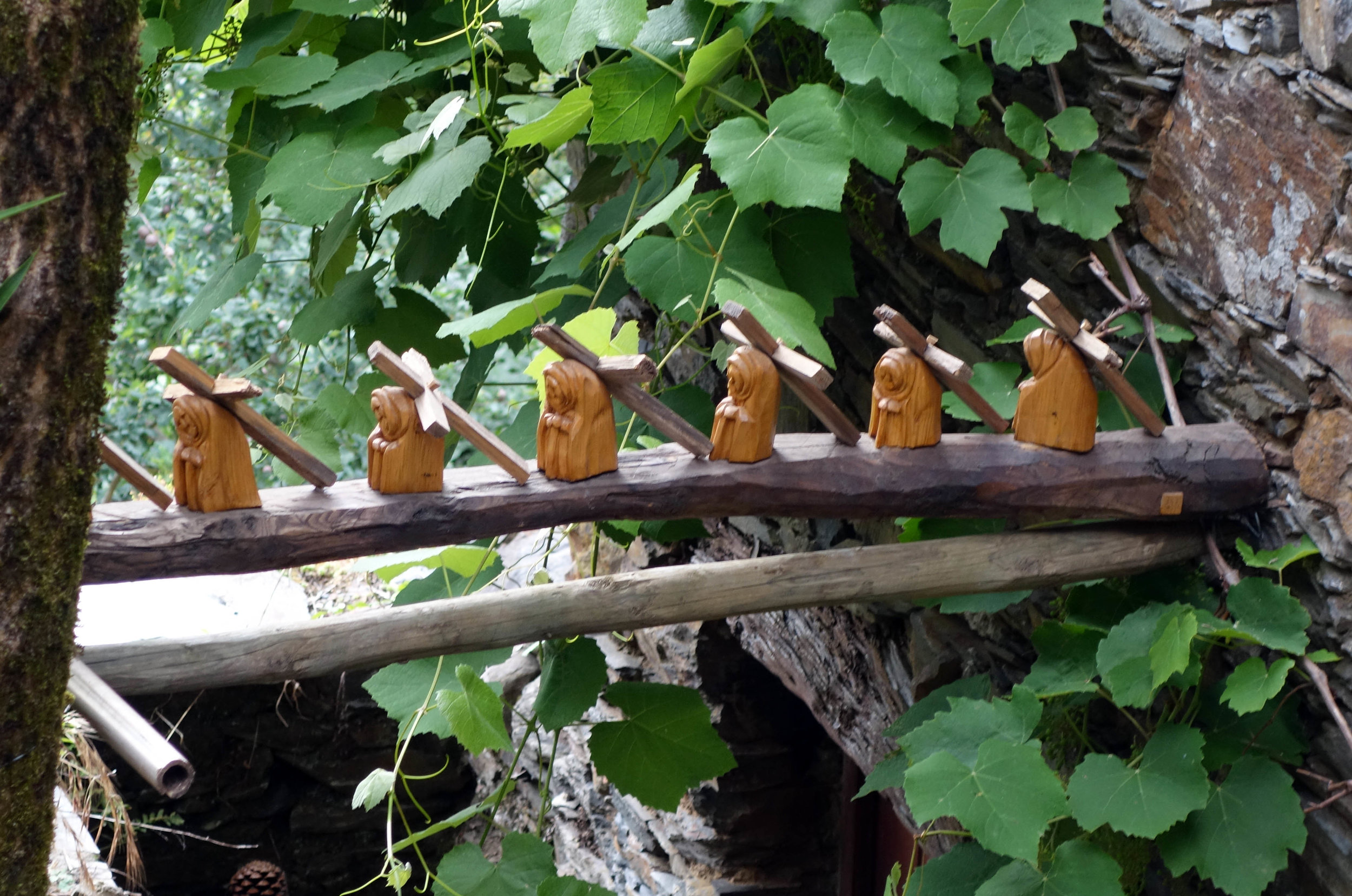
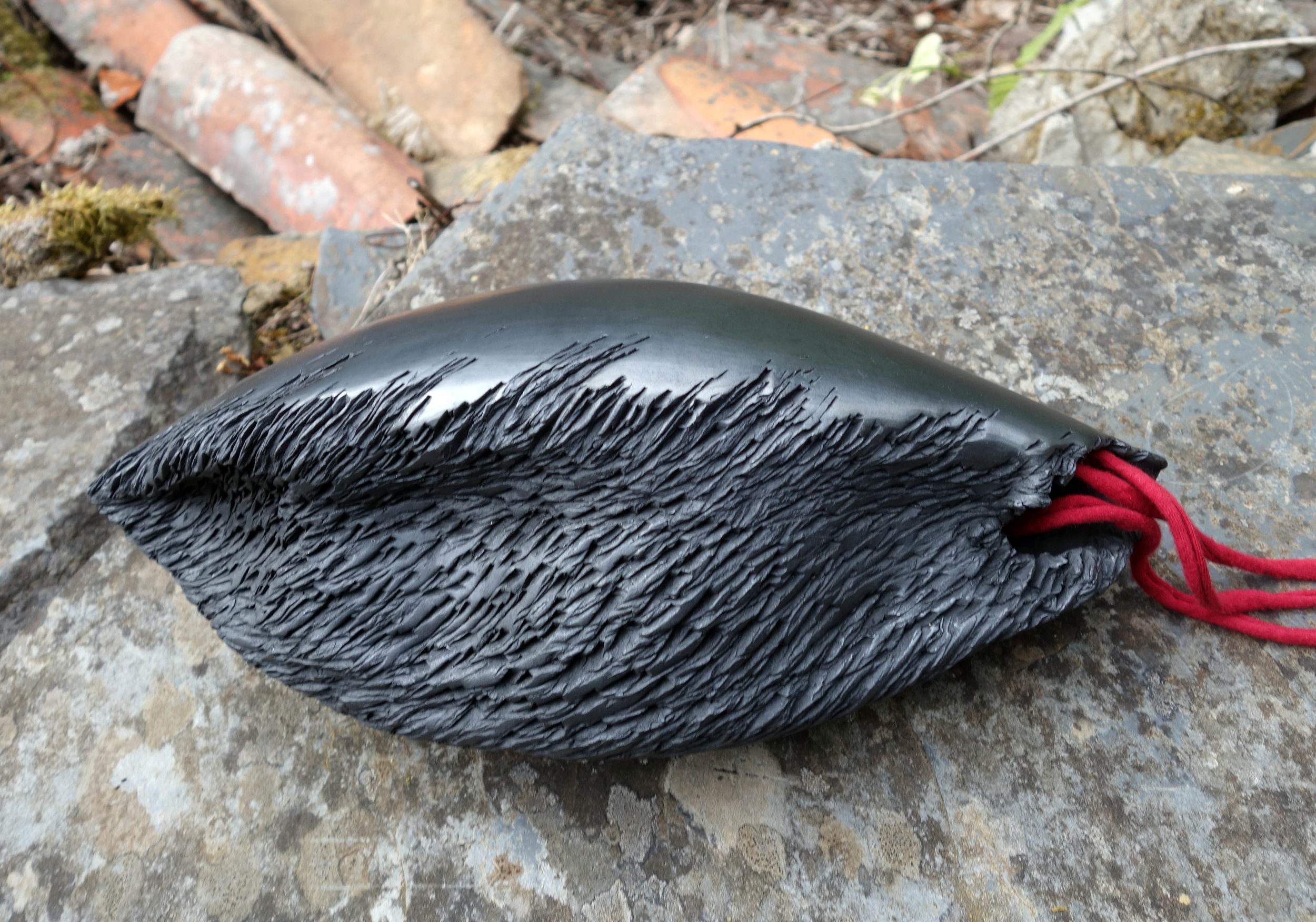
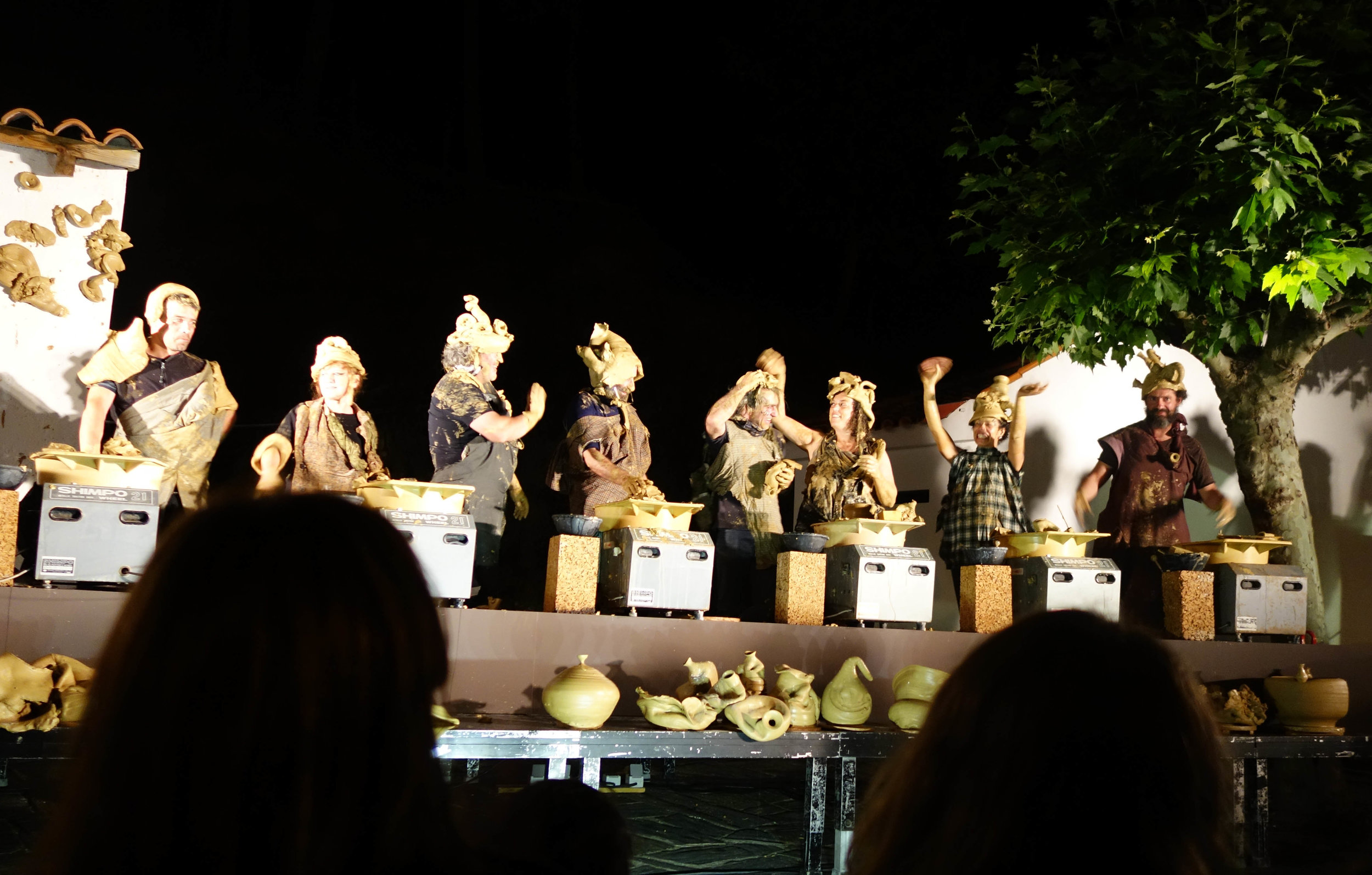
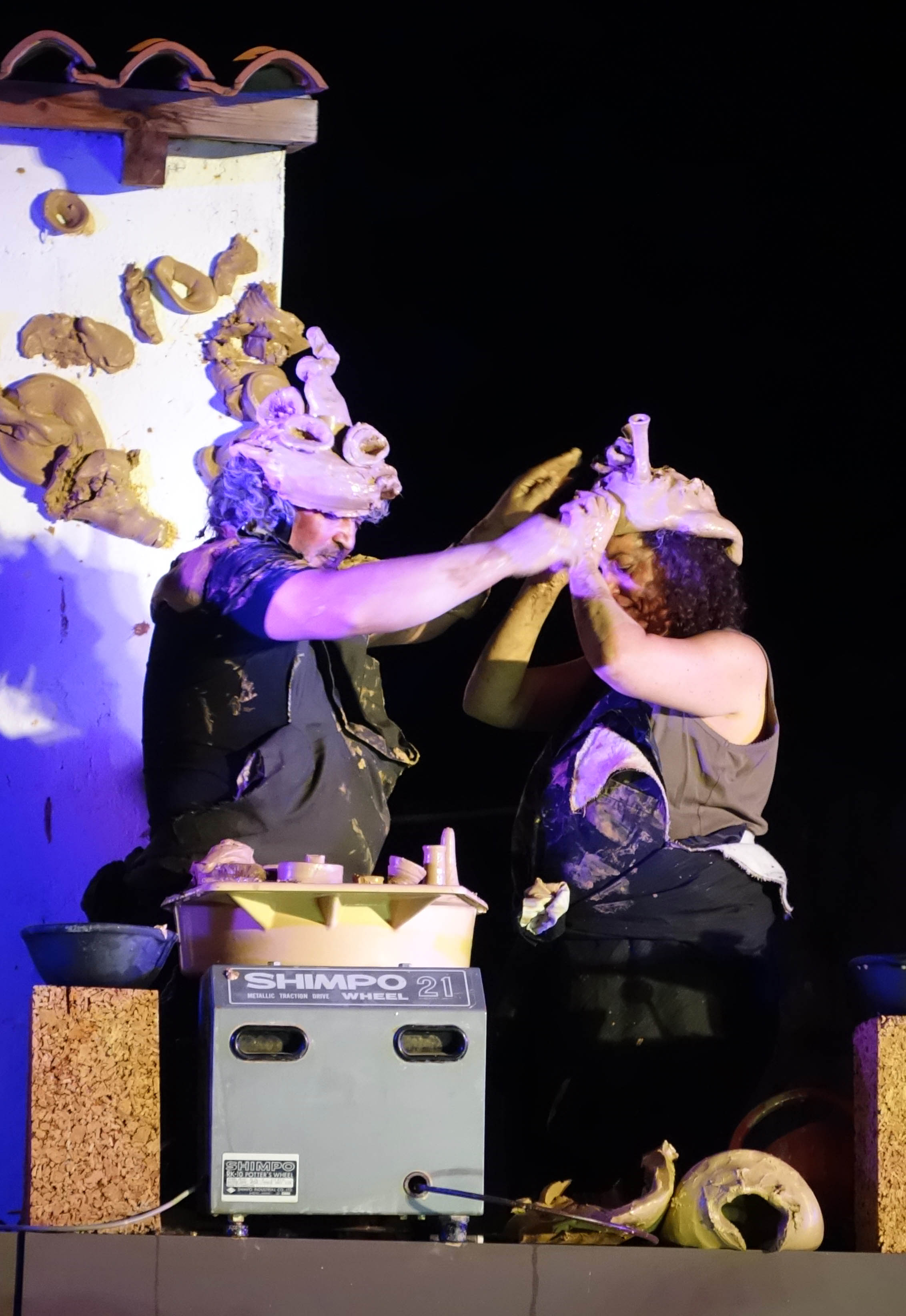
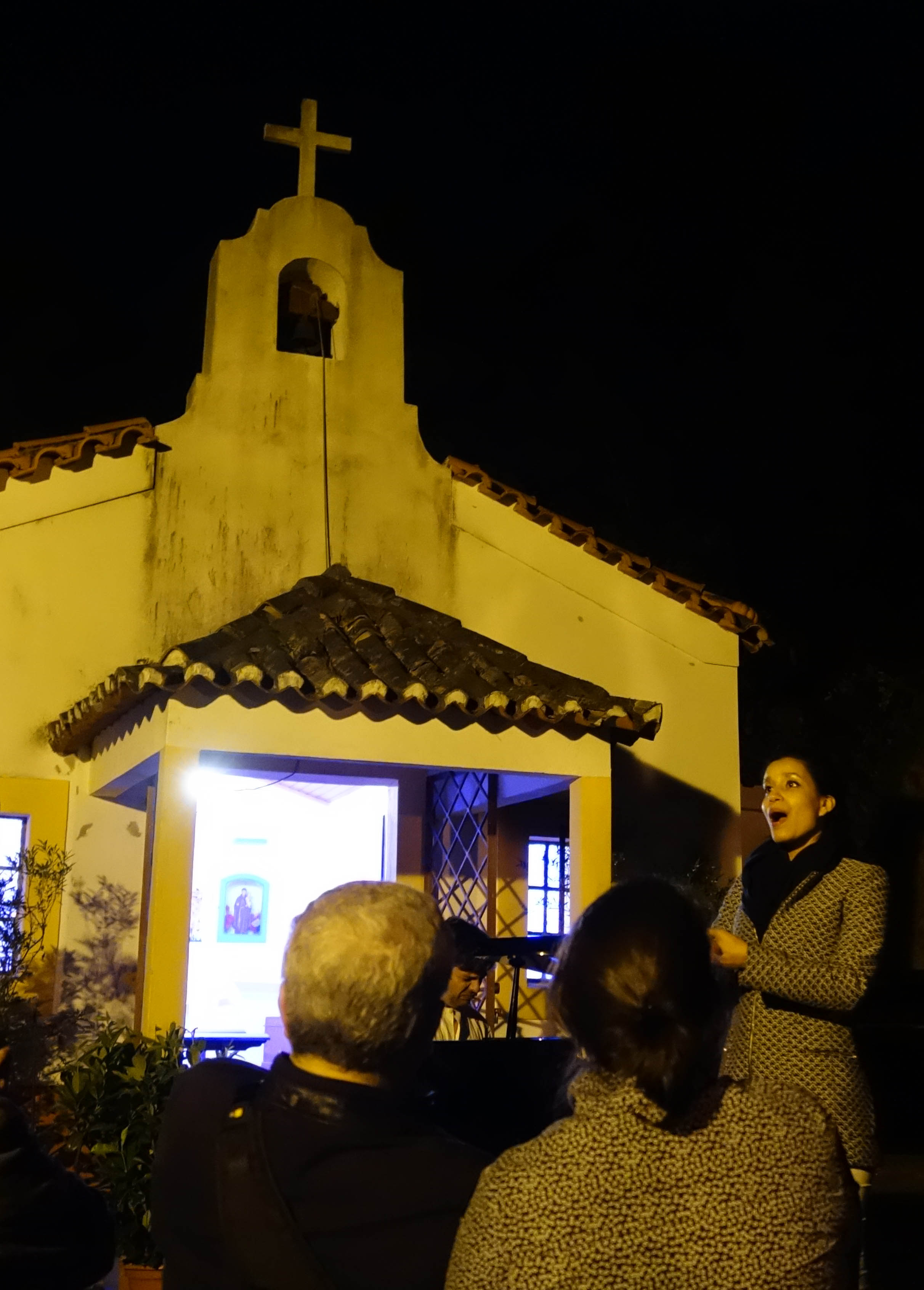
Cerdeira Village Residency Journal 6 Photos 1 - My Artwork
Here are a handful of photos of my overall exhibition space in the Cerdeira Village Elementos à Solta festival. I already published individual piece images in my earlier posts, but here you can see some combined installation shots.

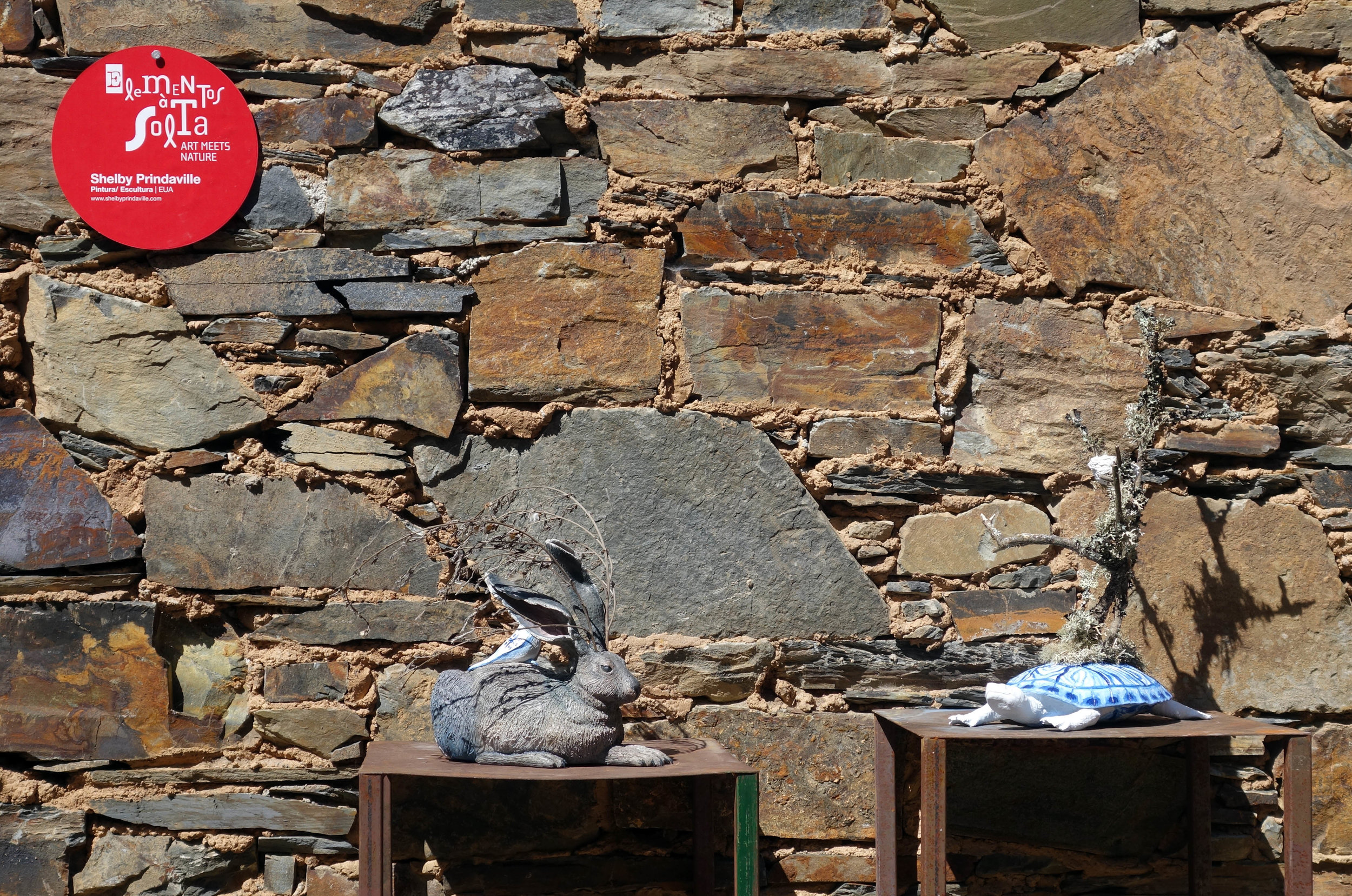
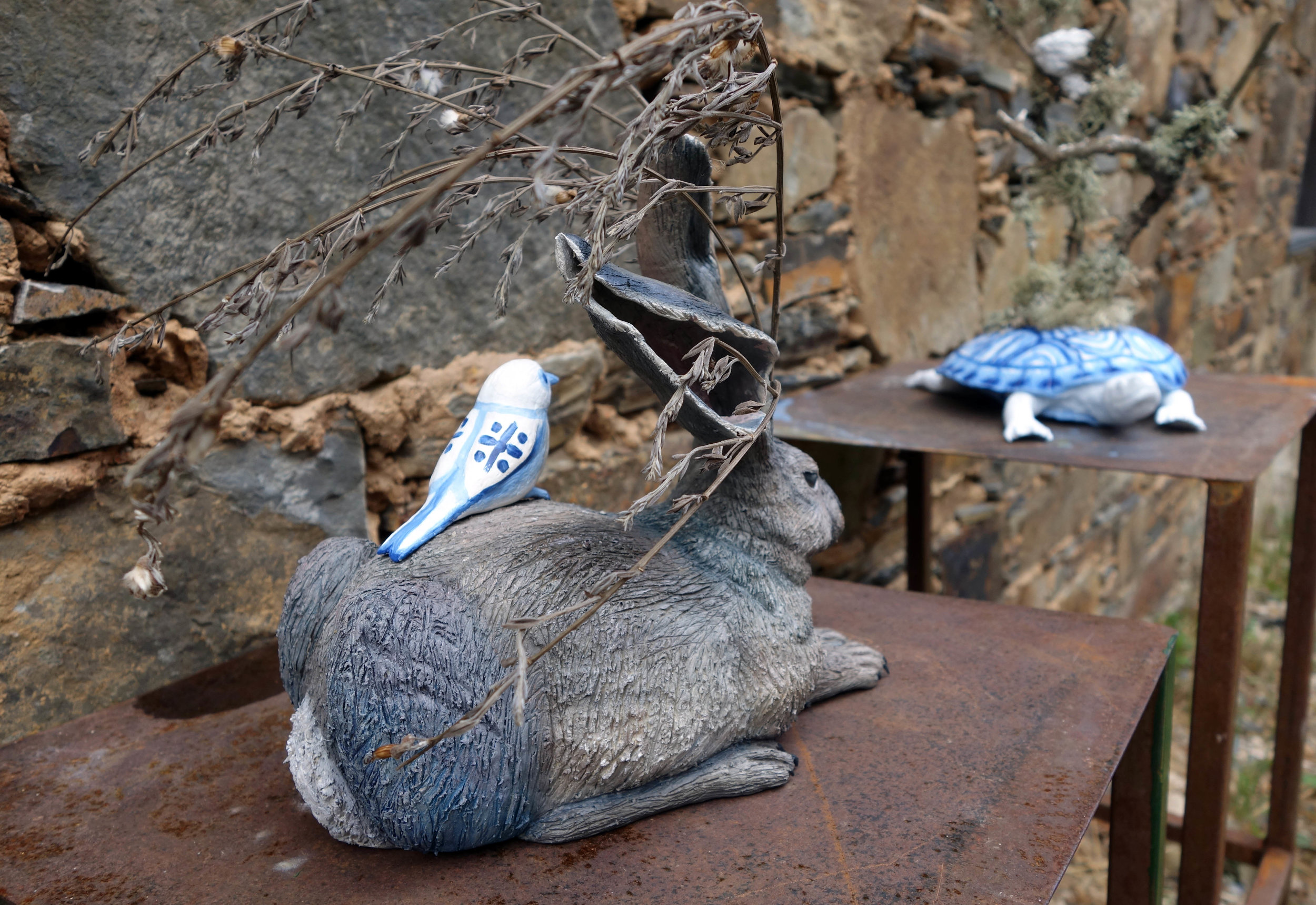
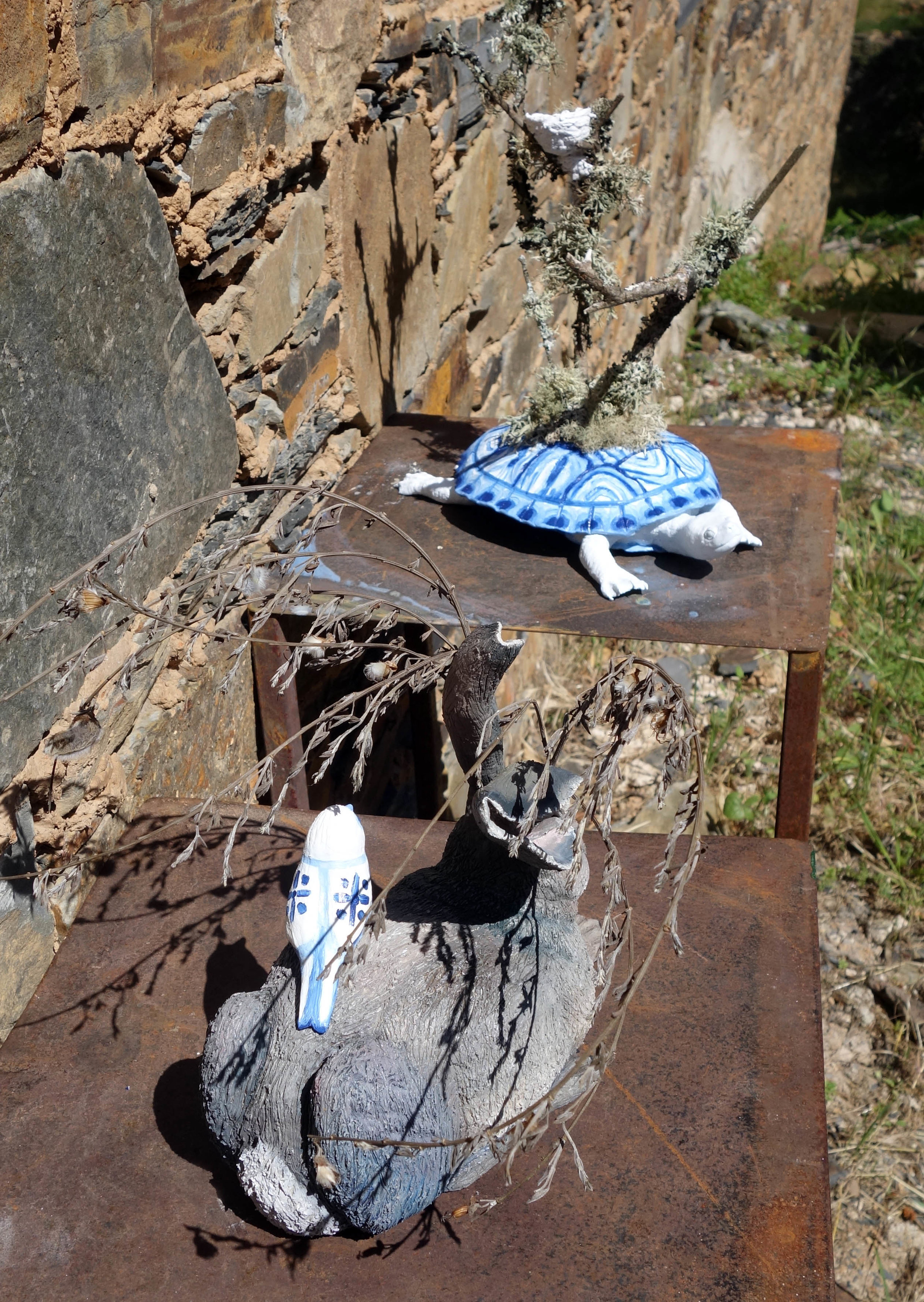
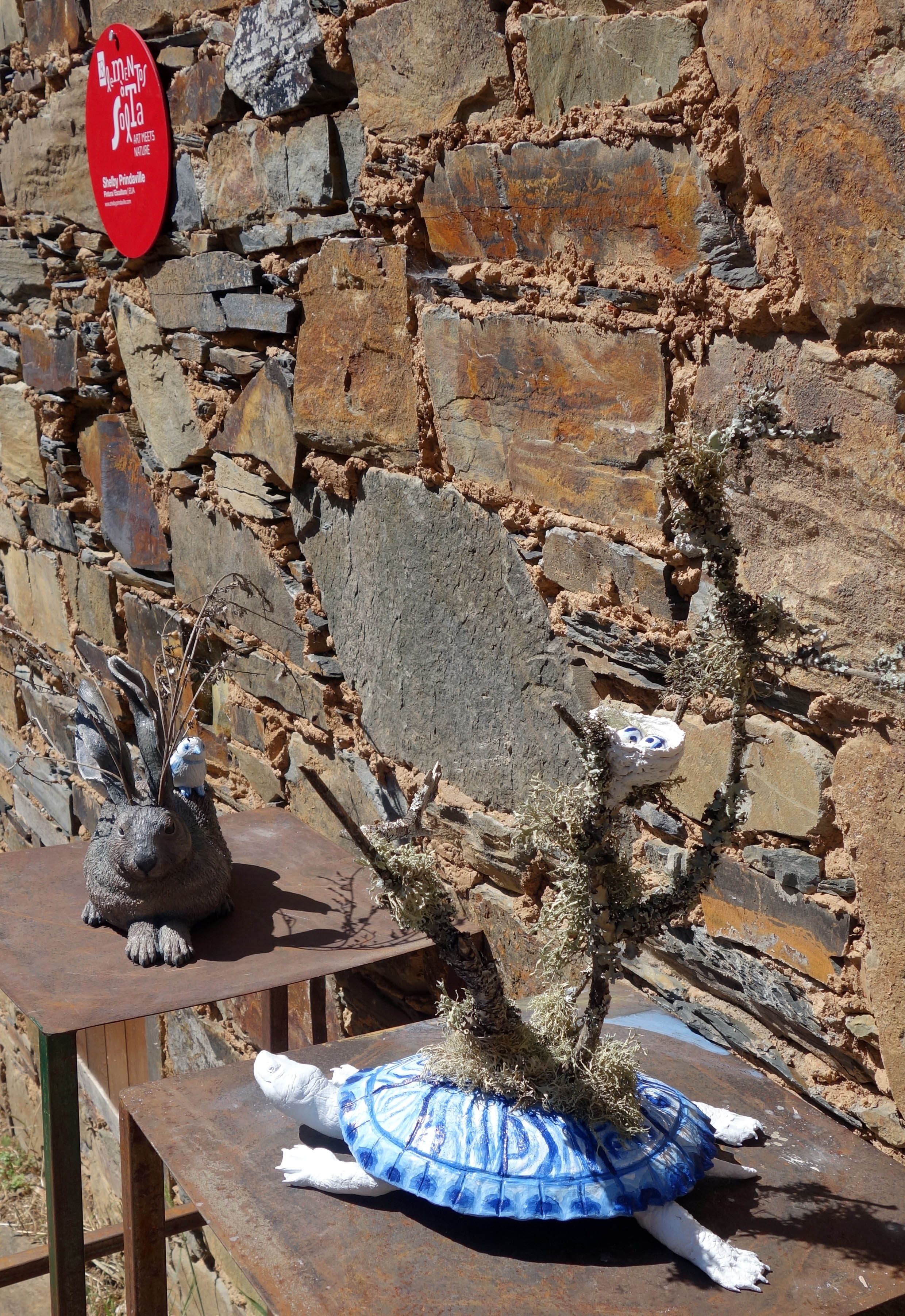

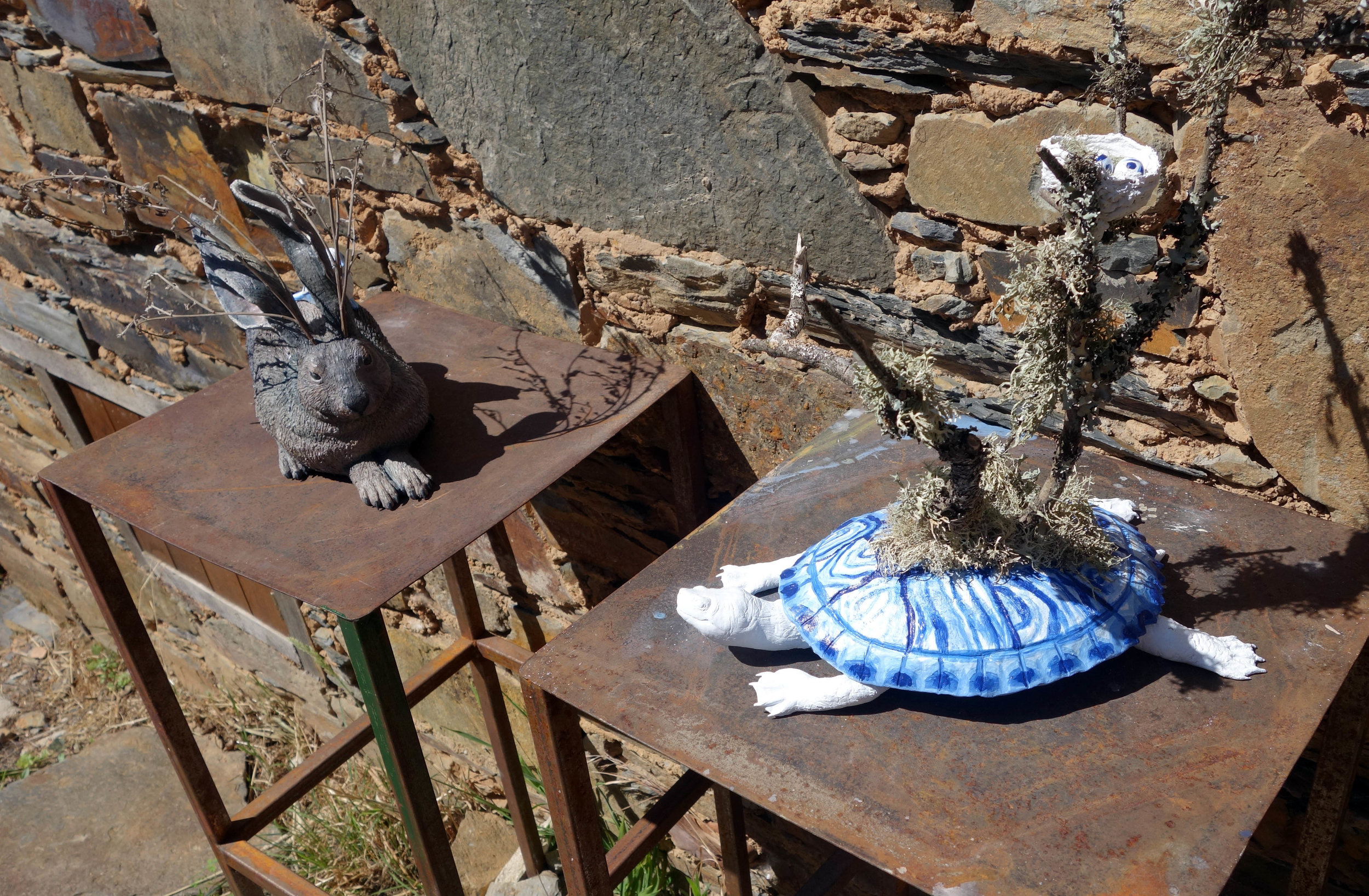
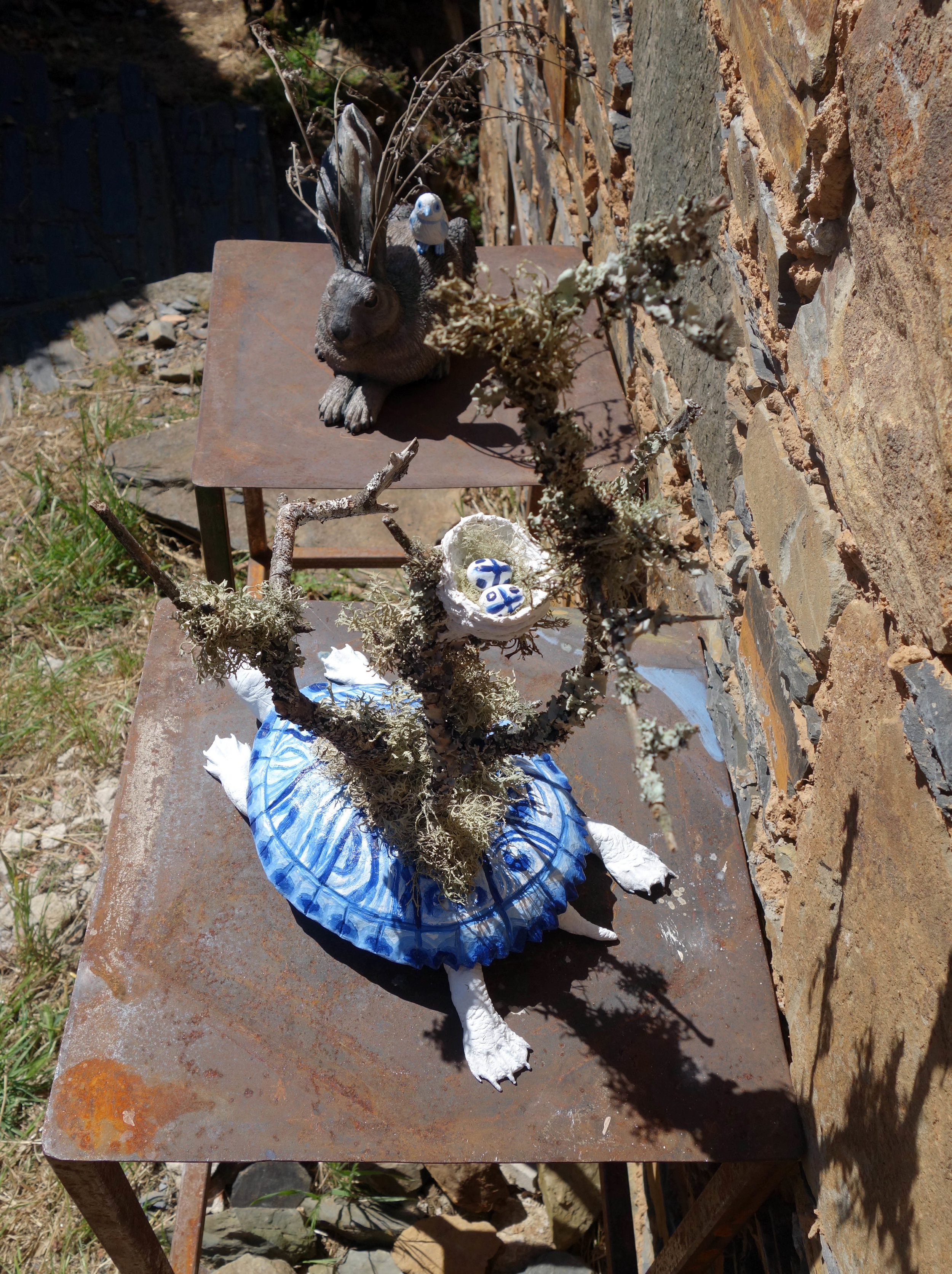

Cerdeira Village Residency Journal 6
Starting on Wednesday through Friday, artists piled into the shared house Julia and I were staying in so that they could set up for the festival (which officially began on Thursday but really truly started on Friday). In the end, I think we housed more than 16 people in the house, and 7 in our room! It was really packed and we had to take shifts in the kitchen. The festival, called Elementos à Solta (Art Meets Nature), took place throughout the village from Thursday through Sunday and involved ceramics as well as fiber arts, wooden pieces, motion-sensing installations, and more. There were additionally workshops for art novices in the mornings and scheduled theatre and music performances in the evening. I really enjoyed a stage performance by eight ceramic artists; it was the first theatre piece I've seen that was really nevertheless as much a studio art performance piece.
Many of the displaying artists come to the festival every year (and this was the festival's twelfth year) so they all knew each other very well, but they were also extremely welcoming to Julia and me. I found a mix of Spanish and English tends to be decently understood by most Portuguese speakers, which was helpful. We were provided meals during the festival (usually on the residencies I attend you make your own food) and the cooks very kindly made vegetarian fare available each time, which I found very thoughtful.
The festival wound down on Sunday, and Julia left early that afternoon (her installation will remain up until nature has its way with it - perhaps through the winter!) after we finished our scheduled artist presentation. I grew very close to Julia during our time there, and it was very sad to have her leave. It also meant my own time to leave was drawing near; I had decided to take a bus from Coimbra to Madrid the following morning. I had planned to try to use a sort-of legitimized hitchhiking (car-sharing) service, but no one was making the trip the day I needed to go. I then considered flying, but within-Europe flights don't provide any free checked or carry-on luggage beyond a small bag, and I have two big suitcases with me so it would have been too costly. The bus was only a few hours longer and was significantly cheaper.
Packing my sculptures took about two hours; I actually packed them about three times trying to get the packing materials to support and protect the pieces. I have no idea if the sculptures' fragile branches will be in fragments by the time they reach the US; I tried my best, though! I needed to mail them from Portugal because since I had two suitcases and a backpack already, I didn't have the hands to also carry a large box along. On Monday morning, Nuno and I went to the post office and mailed my box out (fingers crossed!) before he dropped me off at the bus station. The trip from Coimbra to Madrid was thankfully uneventful, and the bus driver of the second bus (we had to change buses very early into the trip to connect with the Spanish line) stopped several times such that we could avoid using the bus toilet - I was very appreciative of that! We did stop at the Spanish border and police came aboard and checked passports; I was a little surprised about this because one of my international students said the borders are not really controlled for ground traffic between EU countries.
Cerdeira Village Residency Journal 3 - New Artwork!
When I woke up for my first morning in Cerdeira Village, I was still a little tired and quite sneezy - I thought I would escape from my Kansas allergies but there are apparently still plenty of plants I'm allergic to in Portugal! I soon shook it off, though, and Julia and I made breakfast and started to get to know each other. Next I went to set up my studio space; the atelier is downstairs and next door from the residency housing. I took over two small pottery tables and a bigger workshop table and began working on my first piece.
When I proposed my project for this very competitive residency, I took note of how ceramics-oriented the website was and my proposal was to make some fully 3D pieces out of QCC since of late I've been doing only relief work with QCC. For my first sculpture, I decided I would create a slider turtle with branches growing atop its back supporting a nest. I picked a turtle for a few reasons - 1) I'd sculpted two turtles a few years ago out of QCC but never felt I fully resolved their form and wanted to improve upon that work; 2) there is a multicultural myth that the world is supported on the back of a great turtle; 3) I hadn't seen very many animals in Portugal yet given that I'd only been there a couple days, but I had seen at least two different species of slider (red-eared and yellow-bellied) at the Estufa Fria in Lisbon.
I started the sculpture by carving a rough approximation of the shell out of styrofoam. This was mostly to save on clay usage - I can only carry one bucket of it at a time due to the size and weight it occupies in my luggage, so I want to be smart in how I use it up - but also helps with the weight of the piece, which is important because I will have to ship my artworks back to the US and weight sharply increases the shipping costs.
Then I applied QCC in a relatively thin layer around the styrofoam and began to shape and detail it (hacking out bits of styrofoam as well if I needed to). The shell took a lot longer than I thought it would to really shape properly; I did not finish it the first day.
I continued work the second and third days on the turtle. After finally detailing the shell, I moved on to the head and feet. I did them all separately so I could be very considered in my markmaking, and finally I assembled all the pieces and added a tail and other final detailing by the end of the third day. I had planned to make the branches and nest out of the QCC as well, but I became enchanted by the local lichens that grow on the trees here and ended up pushing real branches into the turtle's back before curing the whole piece.
Afterwards, I did add a nest and two eggs made out of QCC into the branches.
On the fourth and fifth days, I painted the turtle, nest, and eggs white. I had got it into my head to reference the azulejos tiles so common to Portugal in the painting of the sculpture; the starting point was turning the natural light tan of the clay the bright white of the glazed tiles. I had only brought one type of paint with me - my Golden OPEN Acrylics - which are great for normal painting needs but are really poor as a base coat due to their long dry time. Here in Cerdeira Village, they seem to dry even slower - in fact, barely at all - and I ended up just going ahead and painting the turtle shell with an azulejos-inspired, painted-turtle-shell-based design on the sixth day here despite the shell still being faintly wet. I also painted the eggs with a small decorative motif seen in the corners of some azulejos tiles. The turtle and eggs took almost a week to dry, but aided by my eventual realization that I needed to put them outside in the sun to assist, they were handle-able by the time I needed to install them in their exhibition space the morning of June 2.
So here's the piece! I haven't measured it yet, nor titled it (I've got some ideas mulling), but that will come. It is a mixed media ceramic sculpture including 3P QuickCure Clay, acrylic, and found branches and lichens.
USM Baptism Stole
Last week, University of Saint Mary President Diane Steele dropped by one of my classes to ask me or one of my students to decorate a baptism stole for one of our own esteemed colleagues who is getting baptized this Friday.
Given the seriousness of the event and the once-off support media, I chose to take the task on myself so as to make sure it was a well-executed piece. I took pieces of some of our logos and printed them out at the proper scale, handcut them into stencils, and painted them onto each side of the stole. I then freehand-painted somewhat stylized fire and water below the stencils. I took my time in doing it, and it even surprised me how long it did take - around 7 hours! But I think it turned out quite well.
